|
Yet another garden update! Yesterday was warm and sunny and the crocuses were stunning! Some of the Dutch crocuses opened as well as the Species. Things happen so fast here once Spring really gets going! Can you spot the bee in this picture? Striped Squill and Glory-of-the-snow... This time of year the garden is always full of surprises. There are little clumps of crocuses, patches of Glory-of-the-snow, and of course all the perennials popping up. It is altogether lovely, but unfortunately the camera never does it justice. I often pause while working in the garden and rush off to get the camera, only to be sadly disappointed by the results! Remember the great snow wall around the greenhouse? Here's all that is left of it (with a before picture to compare)! I am having quite a time keeping up with the growth of these Castor Beans! Seems like I just moved them into larger pots a few days ago, and they are already outgrowing them! Aren't they beautiful, though? I think that's all for now...I do hope to resume the flower history posts soon. I just haven't had the time to sit down and write much. There is so much work to be done in the gardens (and what delightful work it is!) and after such a long winter I just want to be outside. Even today's cold soaking rain couldn't keep me in! ;)
4 Comments
This is the second year in a row that I have expected to see some bulbs emerging within a week or two, only to find them already appearing the next day! Last year I attributed it to the fact that we already had a deep layer of snow on the ground before it got really cold, so the ground didn't have a chance to freeze to any great depth. This winter however, we didn't get much snow until the middle of December, and we had already had some below zero temps before that. Needless to say, it was a very pleasant surprise! The weather has been absolutely beautiful the last couple of days and temperatures rose to almost 70! I have just about been living outside and am enjoying it immensely! A whole winter's worth of dirt and debris make the gardens (and everywhere else, for that matter!) look like a tornado has been through, so sorry about the mess! The blue arrow points to where the snow depth had been... I'm looking forward to getting some work done in the new seed garden. I think I'm going to take the bean arbor out, or at least move it. Tulips coming right up through the snow! Grape hyacinths... Valerian... And Perennial Bachelor's Buttons (Centaurea montana)... PS I started this post a couple days ago but didn't have time to finish. So, here's an even more recent update because things are happening so fast! This morning I noticed that the snow had melted away from some of the species crocuses overnight. About noon I was working on what little cleaning up can be done when I looked up and was amazed to see one of the flowers opening! This seems like a miracle to me! They were growing under a snow pack that had been there since December, and the few minutes of sun that we had this morning between rain showers sufficed for it to open! The striped squill isn't wasting any time either! My only fear is that I may have lost all the foxgloves, but I hope not! And we have a couple of visitors right now! They are enjoying the puddles formed by all the water we are pumping out of the basement (well I'm glad somebody likes it!).
At long last, there are some 60s in the forecast! The snow has been melting fast, but still not quite fast enough for an impatient gardener! We are still concerned about flooding, however. The National Weather Service says that there is 10 inches of water in this snow pack! Our well house is already flooding. After such a hard winter, I do wish we could relax now and enjoy Spring! Oh well. On the bright side again, I had to show you my growing seedling population! The Castor Beans are growing incredibly fast! It is exactly one month since I planted them. Such a beautiful plant! The young leaves are quite glossy! More seedlings...what on earth was I thinking when I planted 72 basil plants? That I really like basil I guess, but I'm not sure where I'll put them all! :D And what is this? Bare ground!!! Various objects that I totally forgot the existence of have been popping out of the snow all week. The top of my birdbath just appeared this morning...I was beginning to think it had dissolved or something! A lake is forming in the potato field across the road. I'm writing this with a puppy in my lap, by the way! This is Sadie. :) Hopefully I'll be able to show you some Spring bulbs poking their way up before too long! This sure has been a slow Spring, and we had so much snow to get rid of. I'm sure most of you are already seeing some Spring flowers by now. :)
Alright, after venting my frustration about the greenhouse and the snow in my last post, I wanted to write something a little happier, if only to cheer myself up! We still have more snow on the ground than I've ever seen this late in the season but the temperatures are rising slowly, so Spring will probably be here before I realize it! I was just going through my pictures from last Spring, and was surprised by how much color there was. Maybe it's just because I've been looking at nothing but white for 6 months! Anyhow, I have a strong urge to talk about my garden this evening. Some of you may already have seen a lot of these pictures, so please bear with me...I needed a flower fix! I've been reading a wonderful book called The Greater Perfection: The Story of the Gardens at Les Quarte Vents, by Francis H. Cabot. At first I found it rather confusing since he goes into so much detail about how it was designed, and uses nearly all Latin names for the plants. But I picked it up again this evening and before I knew it I was completely lost in it (to the extent that I forgot to put more wood on the fire and am now waiting for that to revive before I can go to bed!). While not all of the garden is exactly to my taste, it is truly inspiring to see a garden on such a grand scale in a climate almost exactly like ours. He even writes of the the cool wet summers and snowy winters as if they were an advantage! Maybe someday I will have to write a book about my garden. It is far from perfection, certainly, but I love it with all my heart! There is so much more I could say but it is getting late, so I'd better save it for a future post! :)
Tags: Castor Bean, Ricinus Communis, Palma Christi, Castor Oil, Heirlooms, History, Cottage gardening, New England, Maine, Joanna Ridenour
Summary: The fascinating history of this plant goes back to Biblical times! Bio paragraph: Joanna is a passionate gardener and seed-saver living in Maine. You can follow her gardening adventures more closely at Heirloom Cottage Garden. I have admired this plant in seed catalogs each winter for several years now and resisted the temptation each time, assuming that our summers are too cool and brief for it. But after seeing it in person at Monticello last summer, I finally made up my mind that I had to have it! And it seems there is some hope for me, since Mrs. Grieve says that it has even ripened seed as far north as Christiania (now Oslo) in Norway! I am following her advice to plant the seeds in March and grow "under glass" until early June, although I am wondering what containers I will keep them in if they grow at the rate they are supposed to! The Castor Bean is thought to be a native of India and East Africa, but has naturalized throughout much of the tropics, where it grows to the size of a small tree. In temperate countries it has long been grown as an annual, and according to William Robinson, it is actually "much prettier in the state in which it is seen with us". Joseph Breck describes it as "a very luxuriant, strong-growing annual, sometimes found in the garden, not so much for its beauty as for curiosity". But I think it is beautiful as well as curious! Its botanical name, Ricinus, means "tick", which "loathsome animal" the seeds very much resemble! Phillip Miller says in his Gardener's Dictionary that it was "commonly known in the West-Indies by the name of Oil-Nut, or Agnus Castus". A much older name for the Castor Bean was Palma Christi, meaning Palm or Hand of Christ, because some think that the leaves look like a hand, and also possibly because of its healing powers. Jefferson knew it by this name. It was included in a list of seed saved for 1794 and was planted around the nursery at Monticello in 1811. But this plant's fascinating history goes back much farther. Its oil was used by the ancient Egyptians for their lamps, and the seeds have been found in their tombs. And perhaps most interesting of all, it is believed to be the same plant that shaded Jonah in the Bible, although it has been translated as "gourd": And the Lord God prepared a gourd, and made it to come up over Jonah, that it might be a shadow over his head, to deliver him from his grief. So Jonah was exceeding glad of the gourd. But God prepared a worm when the morning rose the next day, and it smote the gourd that it withered. And it came to pass, when the sun did arise, that God prepared a vehement east wind; and the sun beat upon the head of Jonah, that he fainted, and wished in himself to die, and said, It is better for me to die than to live. And God said to Jonah, Doest thou well to be angry for the gourd? And he said, I do well to be angry, even unto death. Then said the Lord, Thou hast had pity on the gourd, for the which thou hast not laboured, neither madest it grow; which came up in a night, and perished in a night: And should not I spare Nineveh, that great city, wherein are more than sixscore thousand persons that cannot discern between their right hand and their left hand; and also much cattle. (Jonah 4:6-11) The original Hebrew word for this "gourd" was Kikayon. The Castor Bean was known even up to Gerard's time as Kik, and he says that the Greeks and Egyptians called it Kiki. "Moreover", he writes, "a certaine Rabbine mooveth a question, saying, what is Kik? Hereunto Reseh Lachish maketh awnser in Ghemara, saying, Kik is nothing else but Jonas his Kikaijon". Yet the identity of this plant has long been a subject of debate. Many translators believed it to be an ivy or a gourd, because of the rapidity of its growth. Perhaps the most famous dispute is that between St, Augustine and St. Jerome, although it seems that it was an old controversy even then. Gerard speaks of this in his Herball: "But the olde Latine writers knew it by the name Cucurbita, which evidently is manifested by an historie, which Saint Augustine recordeth in his Epistle to Saint Jerome, where in effect he writteth thus: That name Kikayon is of small moment, yet so small a matter caused a great tumult in Africa. For on a time a certaine Bishop having an occasion to intreat of this which is mentioned in the fourth chapter of Jonas his prephecie (in a collation or sermon, which he made in his cathedrall church or place of assemblie) said, that this plant was called Cucurbita, a Gourde, because it increased unto so great a quantitie in so short a space, or else (saith he) it is called Hedera [Ivy]. Upon the noveltie and untruth of this his doctrine, the people were greatly offended, and there arose a great tumult and hurly burly; so that the Bishop was inforced to go to the Jewes, to aske their judgement as touching the name of this plant. And when he had received of them the true name, which was Kikayon, he made his open recantation and confessed his error, and was justly accused for a falsifier of the holy scripture". In his response to St. Augustine's epistle, St. Jerome says that the Hebrew manuscript does indeed have the word "ciceion", which he says is a "kind of shrub having large leaves like a vine, and when planted it quickly springs up to the size of a small tree, standing upright by its own stem, without requiring any support of canes or poles, as both gourds and ivy do". But he goes on to say that no one would know what he meant if he had used the word "ciceion", and so he used ivy instead, "that I might not differ from all other translators". Dr. Pusey quotes an account of the Castor Bean being destroyed in one night by black caterpillars, which "suddenly cut off its leaves that only their bare ribs remain". This is also a very interesting point in favor of this plant as the same as the one in the book of Jonah. It was mentioned by several ancient writers including Pliny and Dioscorides, who speak of the seeds as a "drastic purgative". The following is from A History of the Materia Medica (1751): "Dioscorides prescribes the Kernels of these Seeds, thirty for a Dose, which he says will vomit and purge; and that very strongly; but Matthiolus very reasonably suspects that there is some Error in the Copies in this Case, and that the true reading should be three Grains instead of thirty. The Arabians never gave more than five or six of them, and they talk of their operating very violently; and when they sometimes talk of Doses of fifteen of them, which is but half Dioscorides's number, as the Text stands, they record such Effects as no one wou'd wish to see a Patient exposed to". I am surprised at even the dose of the Arabians, for Mrs. Grieve says that only three seeds have been known to kill an adult and quotes a letter published in The Chemist and Druggist, about a medical student who nearly died after taking an emulsion which he had made with no more than six of the seeds. The entire plant is highly poisonous, and yet the oil, when properly extracted, has many valuable medicinal uses, both internally and topically! The date of its introduction to Europe is a little uncertain. Many historians say it was first introduced to England about the time of Turner. But it sounds to me like it was already a common garden plant in 1548, when he published his Names of Herbes. He writes: "It groweth onely in gardines that I have seen". Gerard, writing in 1596, says that it grew in his garden, "and many other gardens likewise". It seems to have been a well-known plant in America by Jefferson's time. I may be the only gardener in my area who has ever been crazy enough to attempt to grow it, but I am still hopeful and very excited to see it in my garden! I start over 1,000 seedlings each Spring (and that number is increasing rapidly!). It's the only way to grow many of my favorite annuals in our short growing season if I want to enjoy them for more than a couple weeks before the first frost. There is not enough window space in the house for that many seedlings (of course!) so it wouldn't be possible without my greenhouse. Well, imagine my horror when I walked in to check my plants Saturday morning and saw this 2 foot long gash in the plastic! And on a second glance, it wasn't the only tear. I counted TWENTY-ONE, ranging in size from 1/2 inch long to 2 feet long! I am totally mystified as to how this happened. It looks as if some critter with sharp claws actually climbed up one side and came down the other, as the tears go almost in a straight line down both sides. We had some fresh snow and I had noticed earlier in the morning from a distance that it looked as if something had slid down the side of the greenhouse, but thought nothing of it then. By the time I went out there the snow had all slid off, and there were no visible tracks. My first thought was squirrel, but I can't believe our little red squirrels could do that much damage. My mom thinks it could have been a cat. What do you think? Has anyone else ever seen anything like this? Here is a picture of the longest tear which I snapped hastily with my phone before running back for the greenhouse tape. I wish now that I had taken more pictures! And here is a picture I took yesterday, now that it is all patched up. It should last the Spring if we don't get any more blizzards, but I'll probably have to replace the plastic before next winter. Did I mention that it snowed again? I can't see over the piles anymore but it's just as well, I suppose, as I'm quite busy enough right now without dealing with flooding! But that's enough complaining! On the bright side, the Castor Bean plants are growing fast and starting to get their true leaves. I moved them into bigger cups yesterday. Here are the lovely heartsease...the flowers have a rather obstinate way of wanting to look out the window, though! ;D And I have lots and lots of tiny seedlings, which need to be taken out to the greenhouse while the sun is shining, so I better go get busy!
I know this is totally "un-garden" related, but I thought some of you would enjoy seeing these pictures of Carina's puppies. They are almost 6 weeks old now and I have begun the process of weaning them. They played outside in the snow for the first time on Saturday. They are full of ENERGY! I'm a runner, but keeping up with these babies often leaves me breathless! That's all I have for the moment, but I hope these little bundles of love and wiggles made your day! :)
|
AuthorI am a passionate gardener and seed-saver, who also enjoys playing the violin and accordion, running, spending time with my 4 golden retrievers, keeping chickens, photography, and reading. Archives
March 2019
|

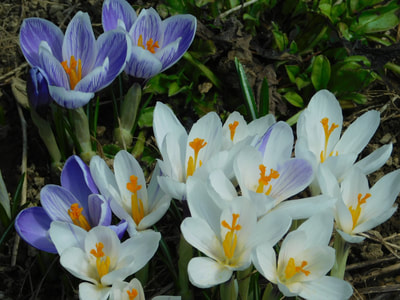
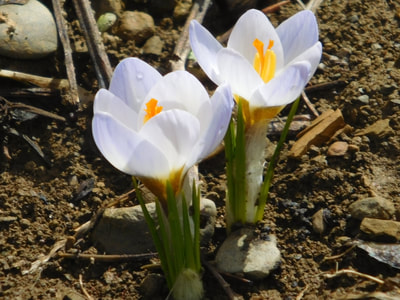
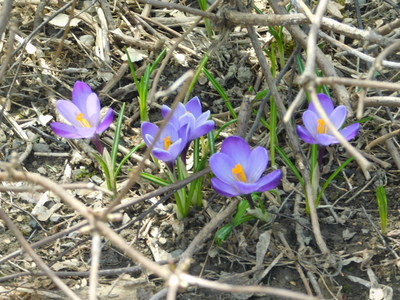
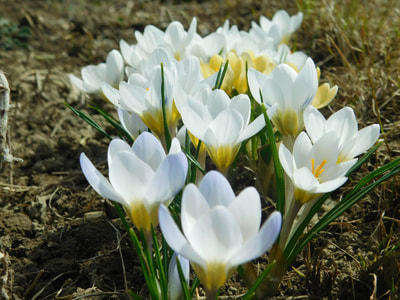
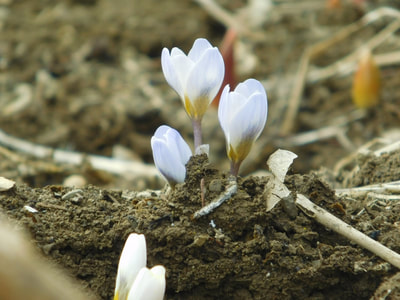
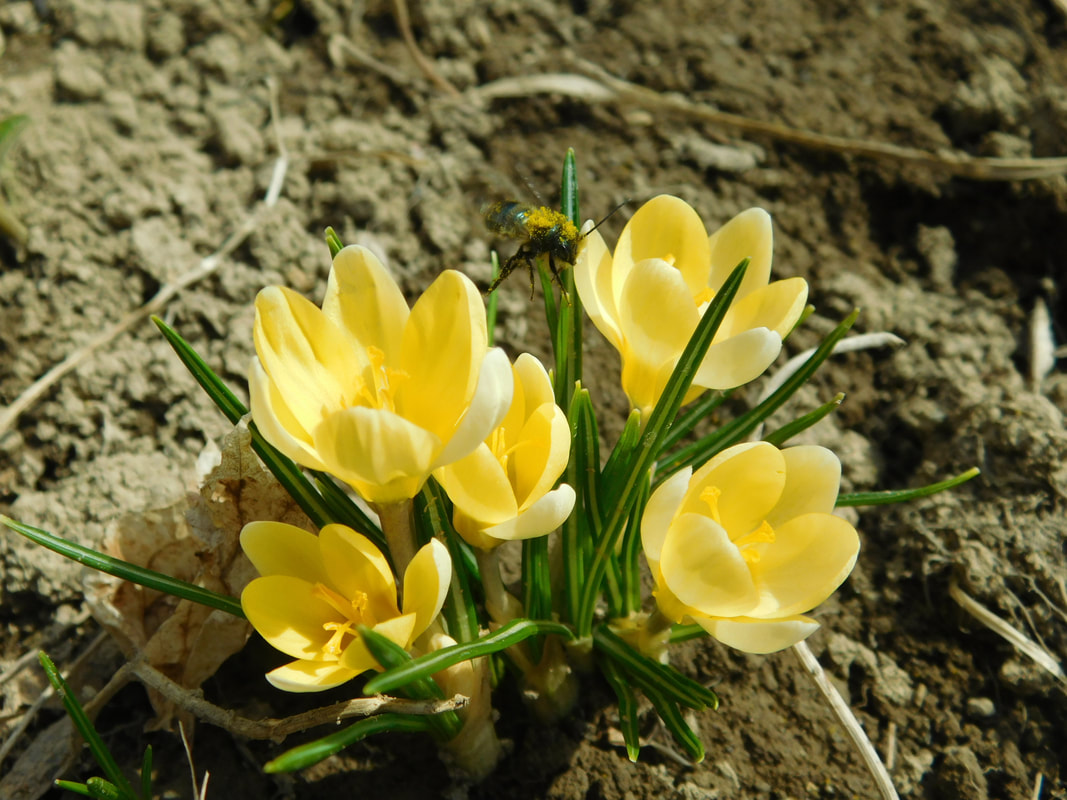
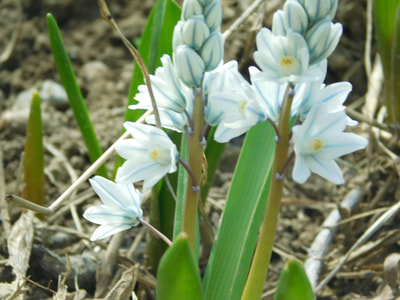

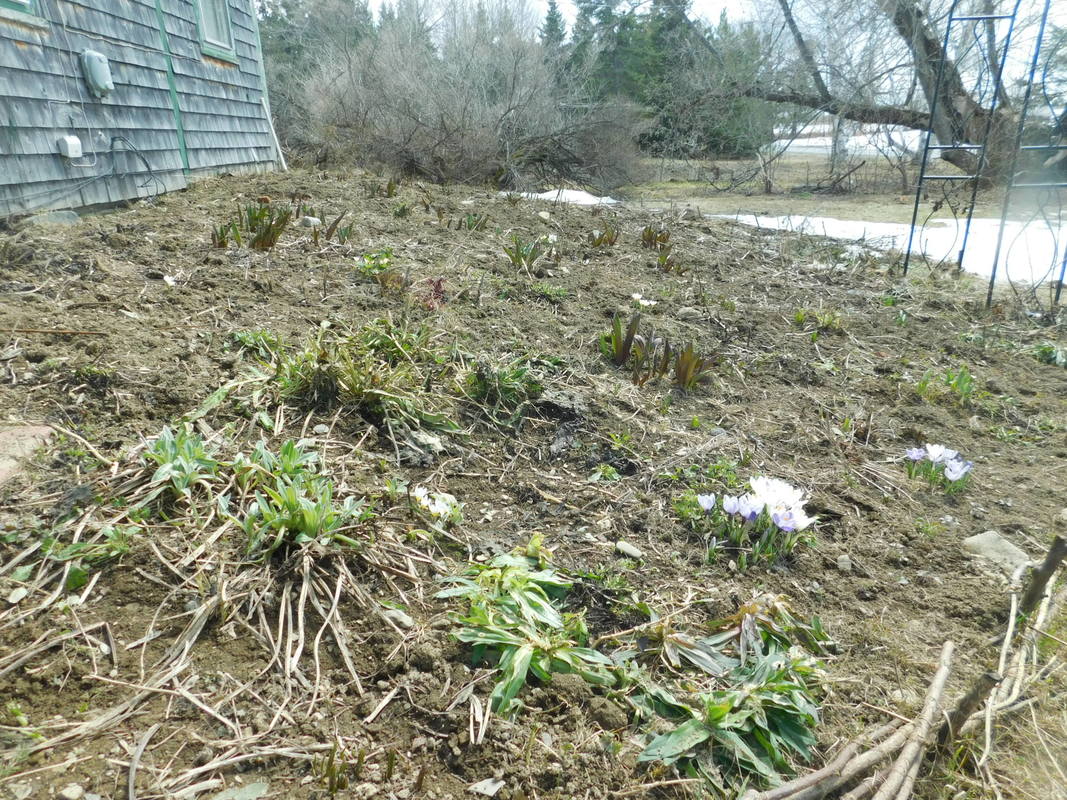
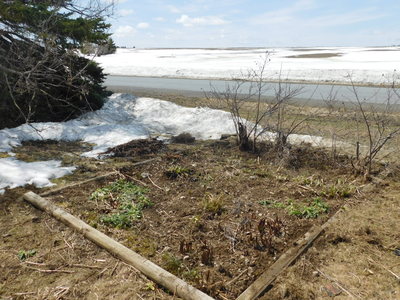
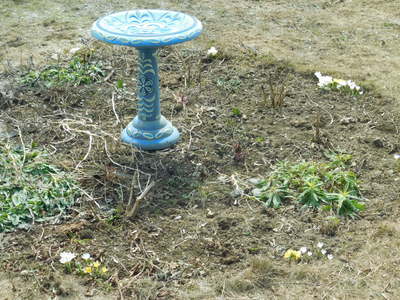

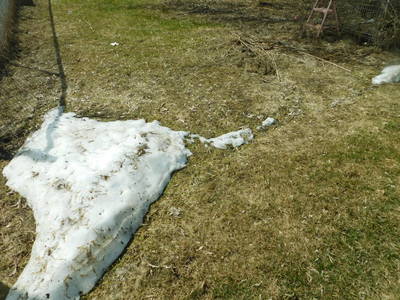
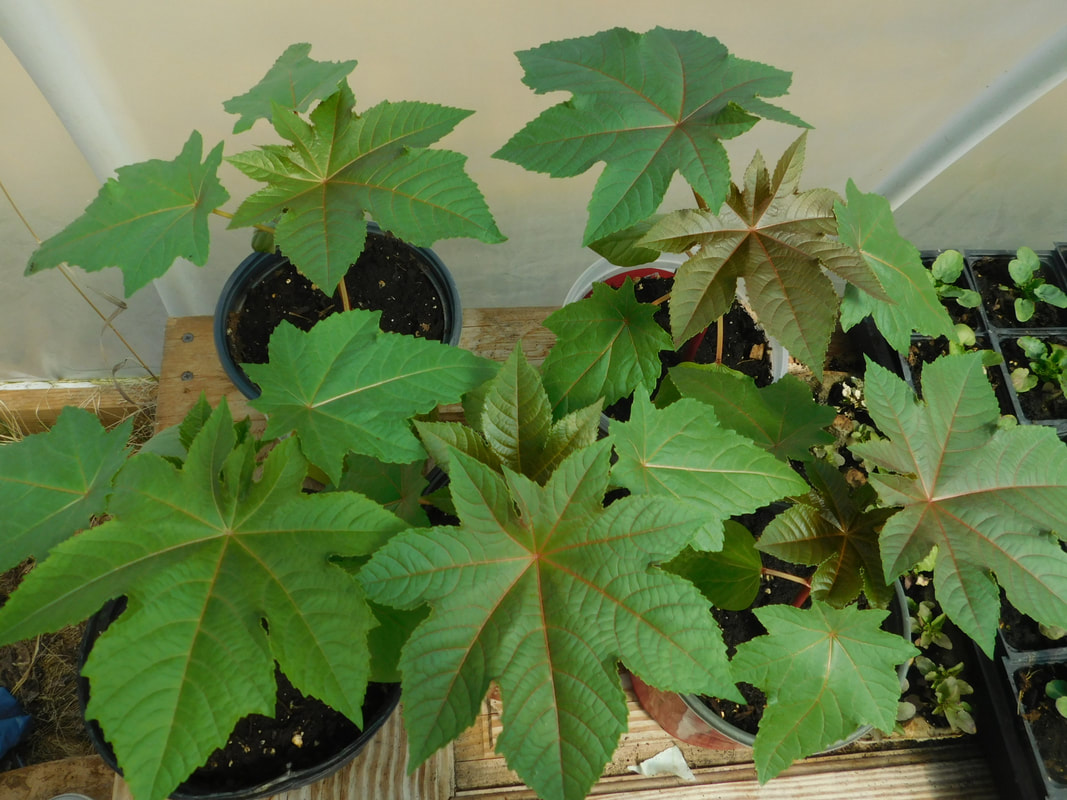
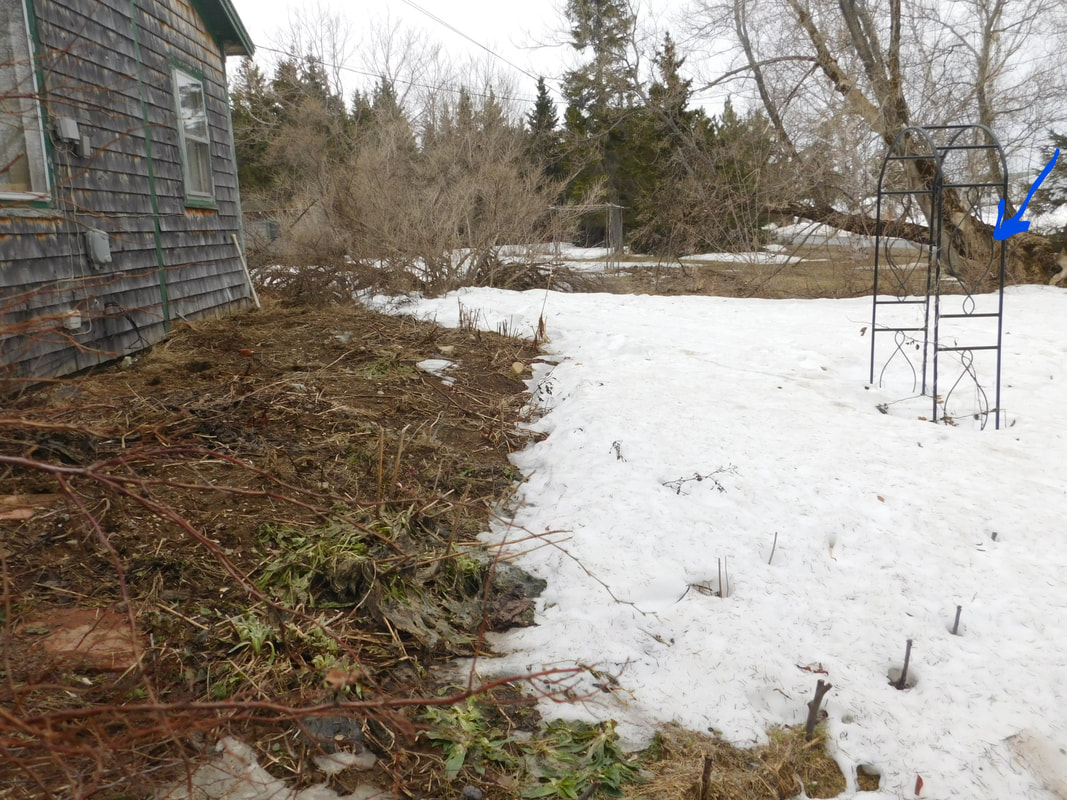
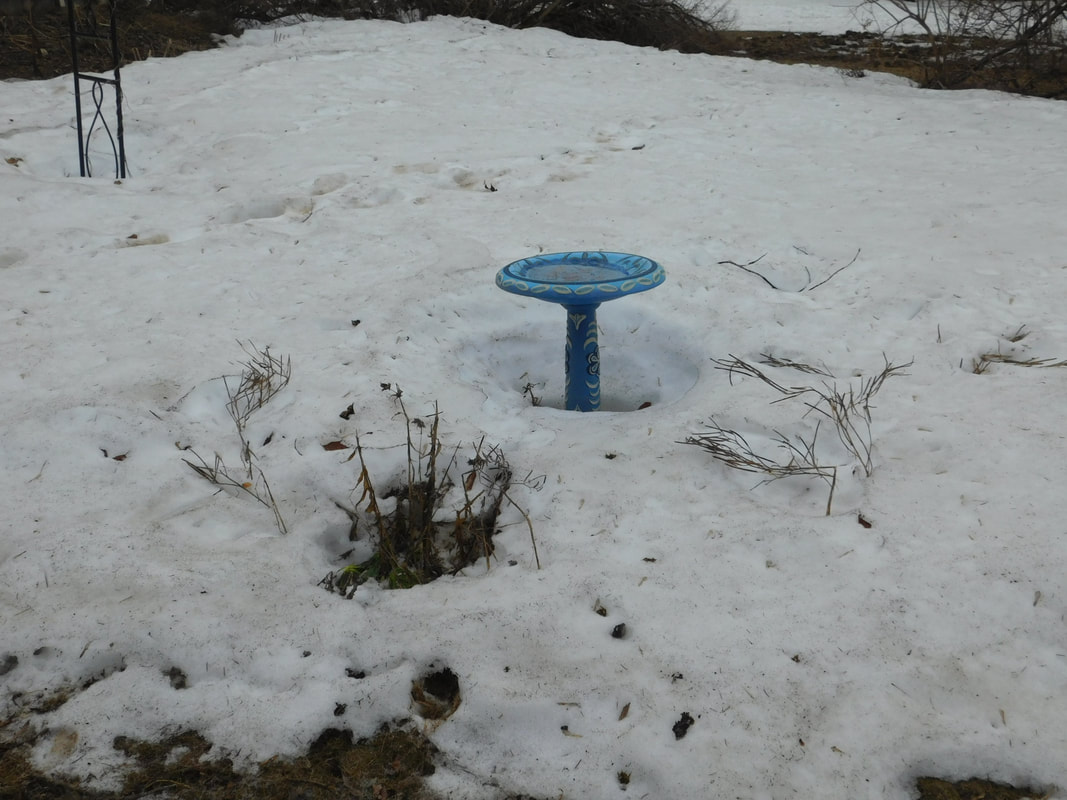
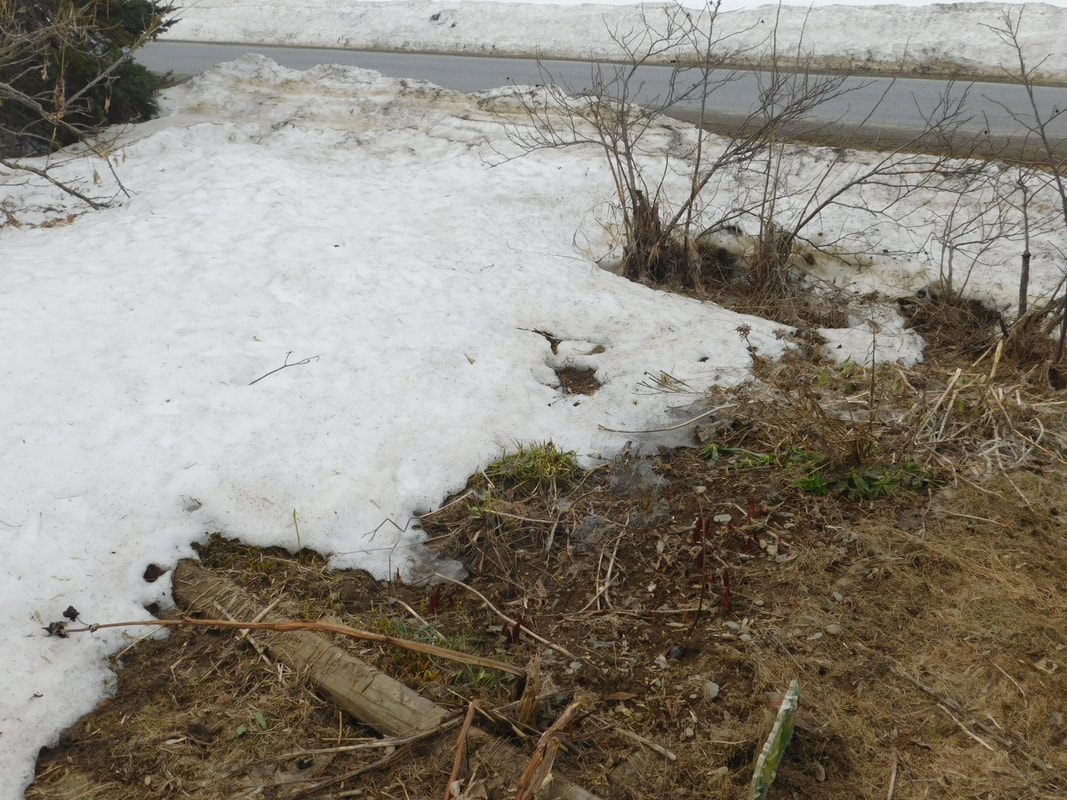
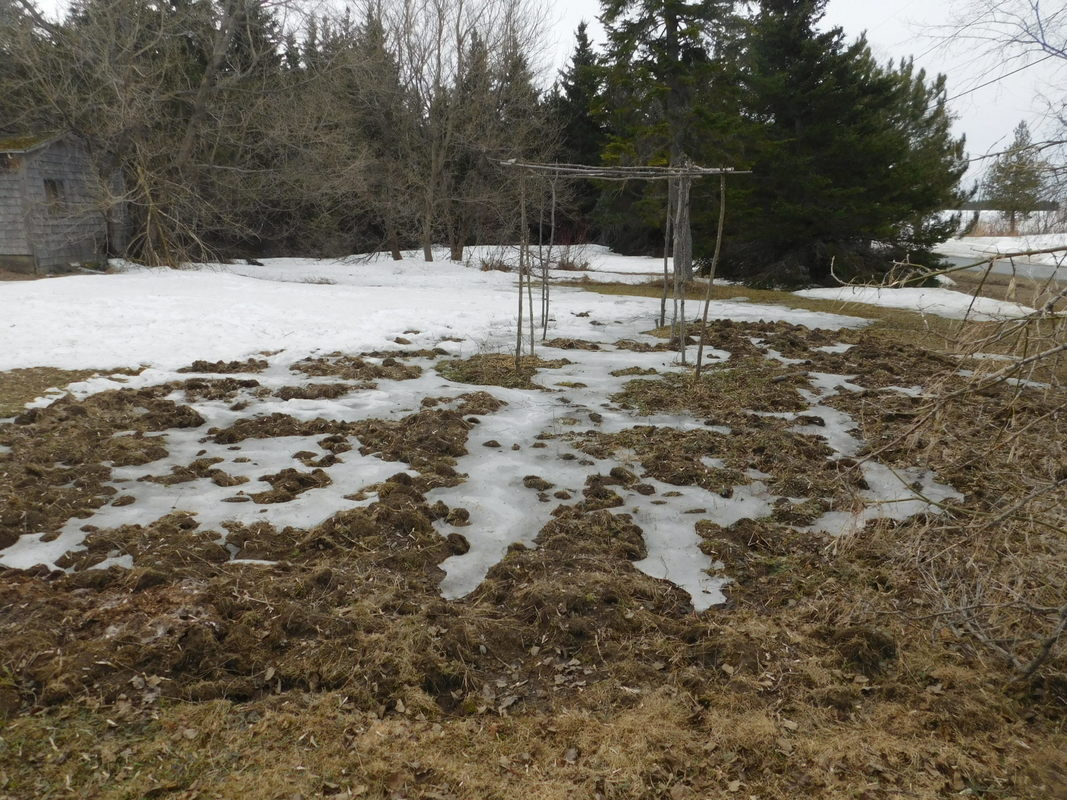
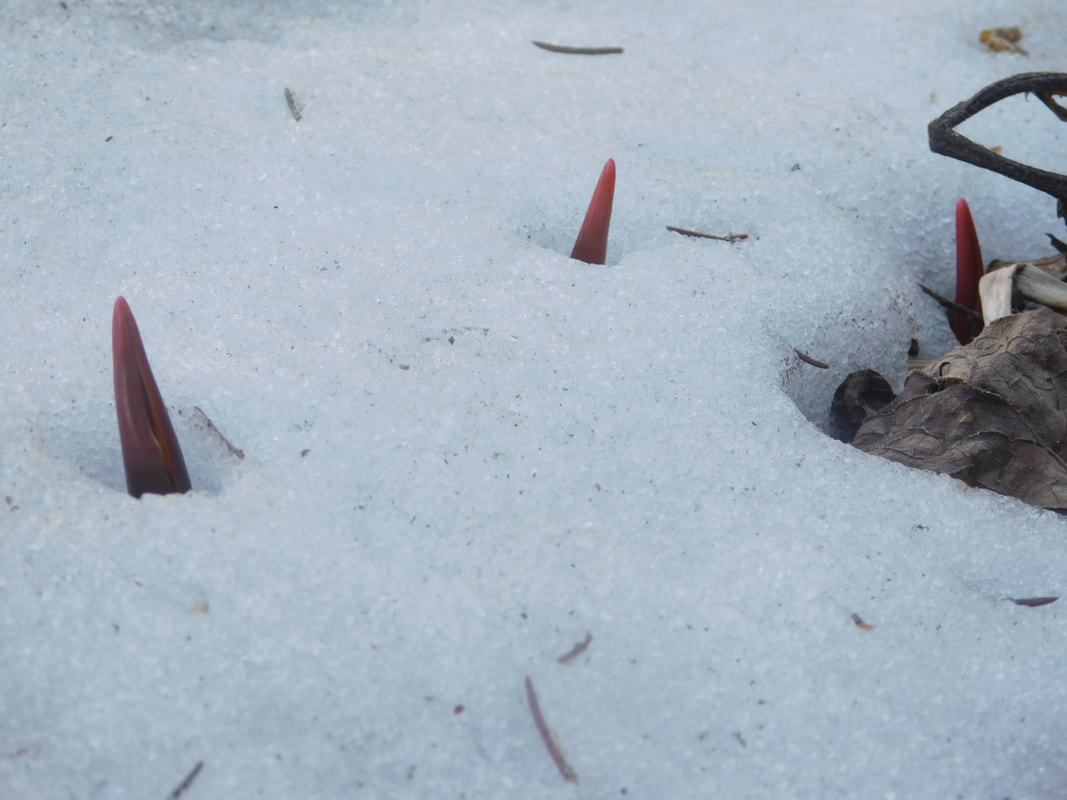
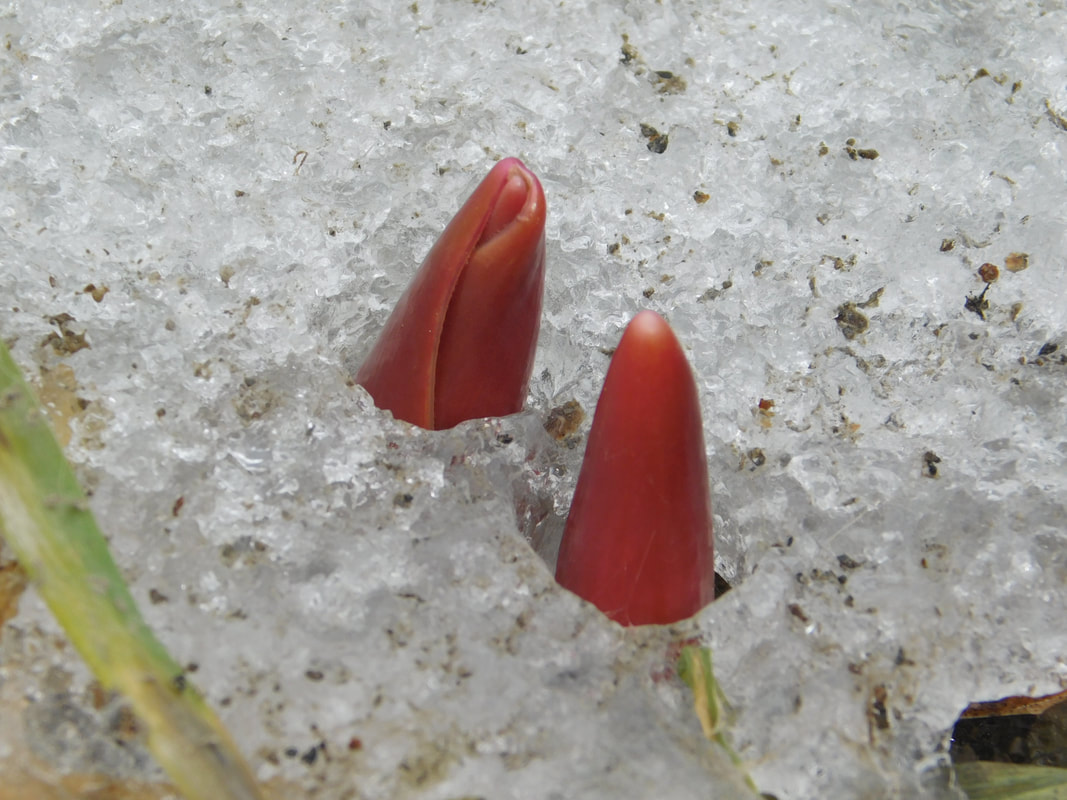
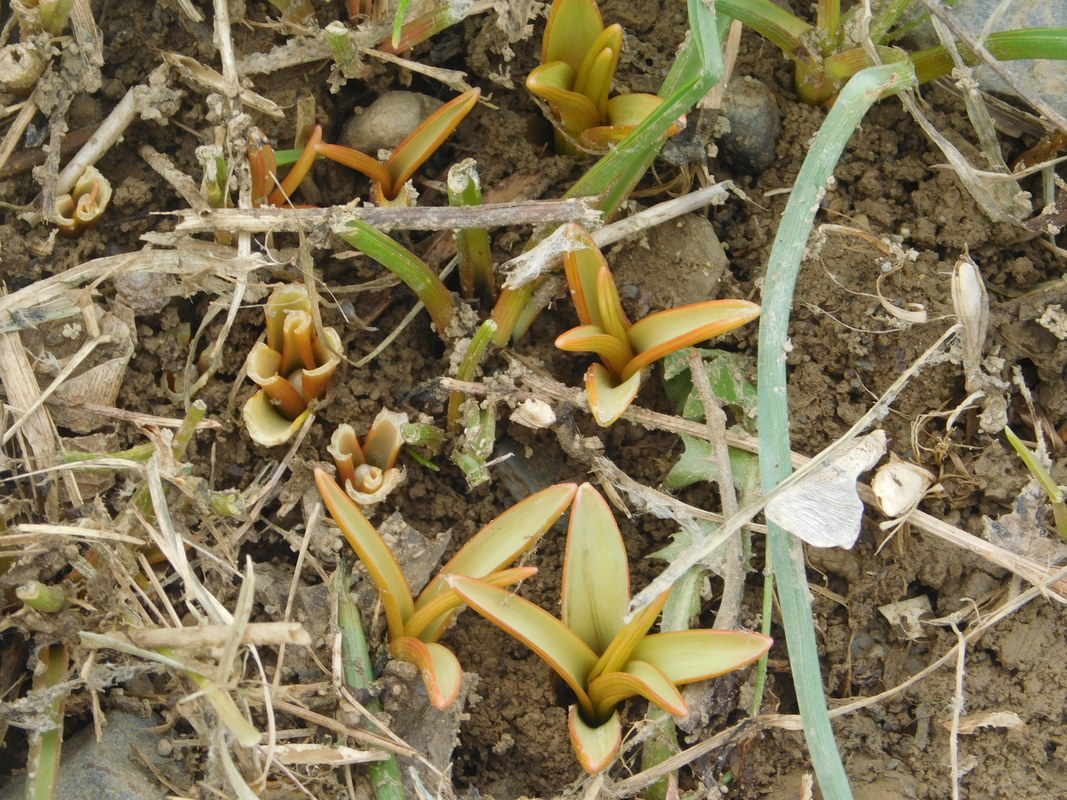
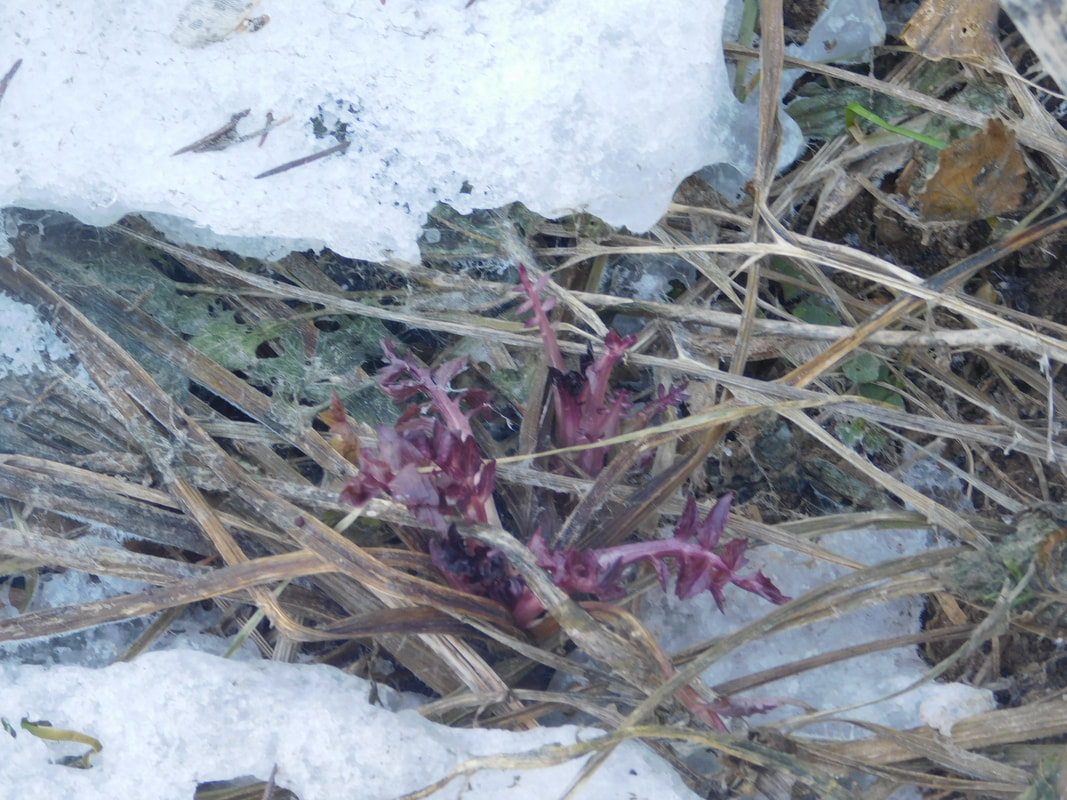
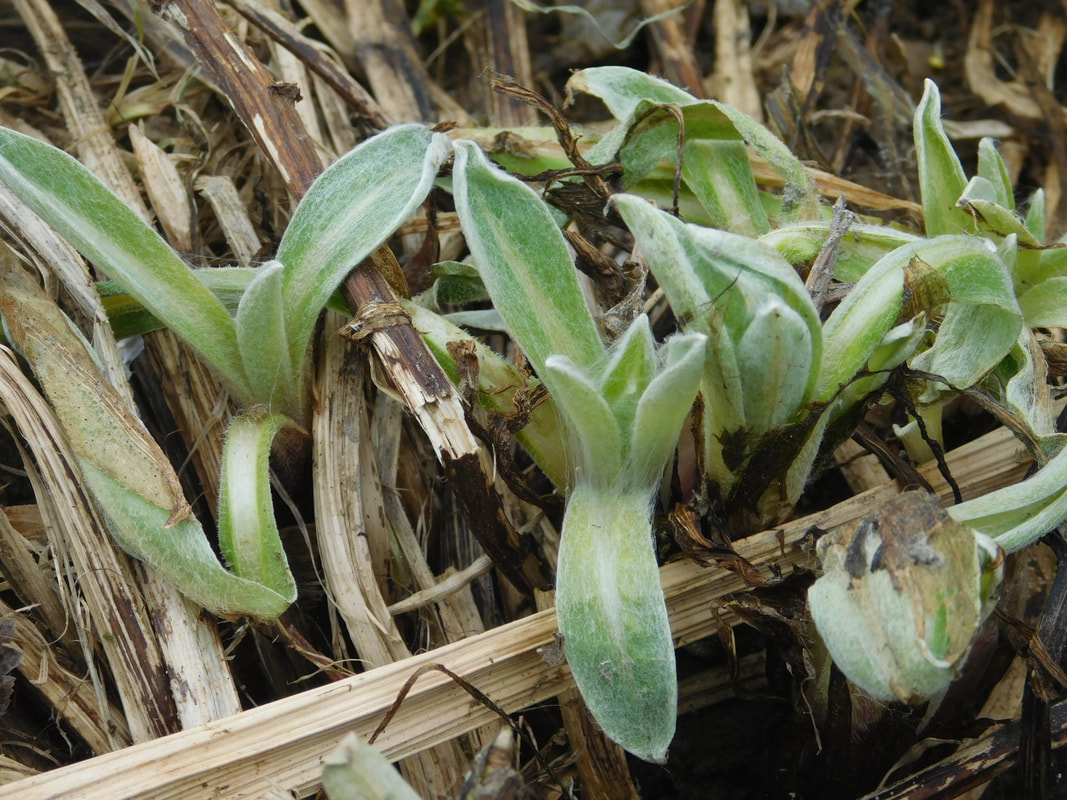
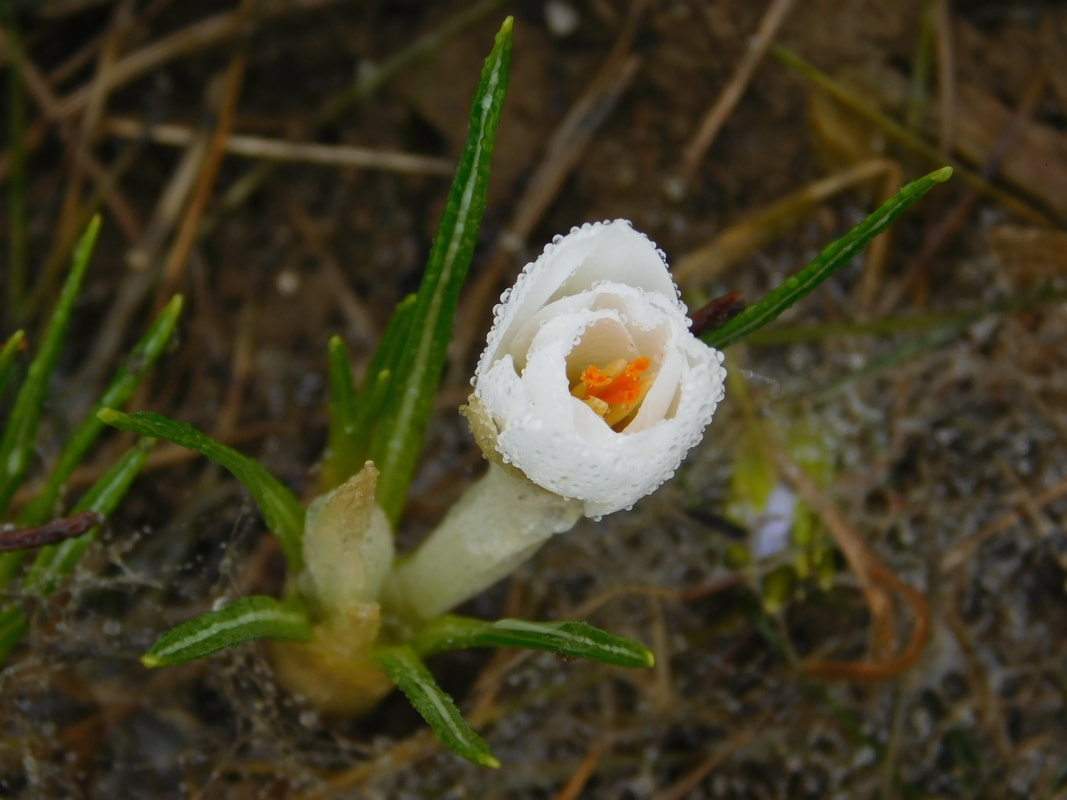


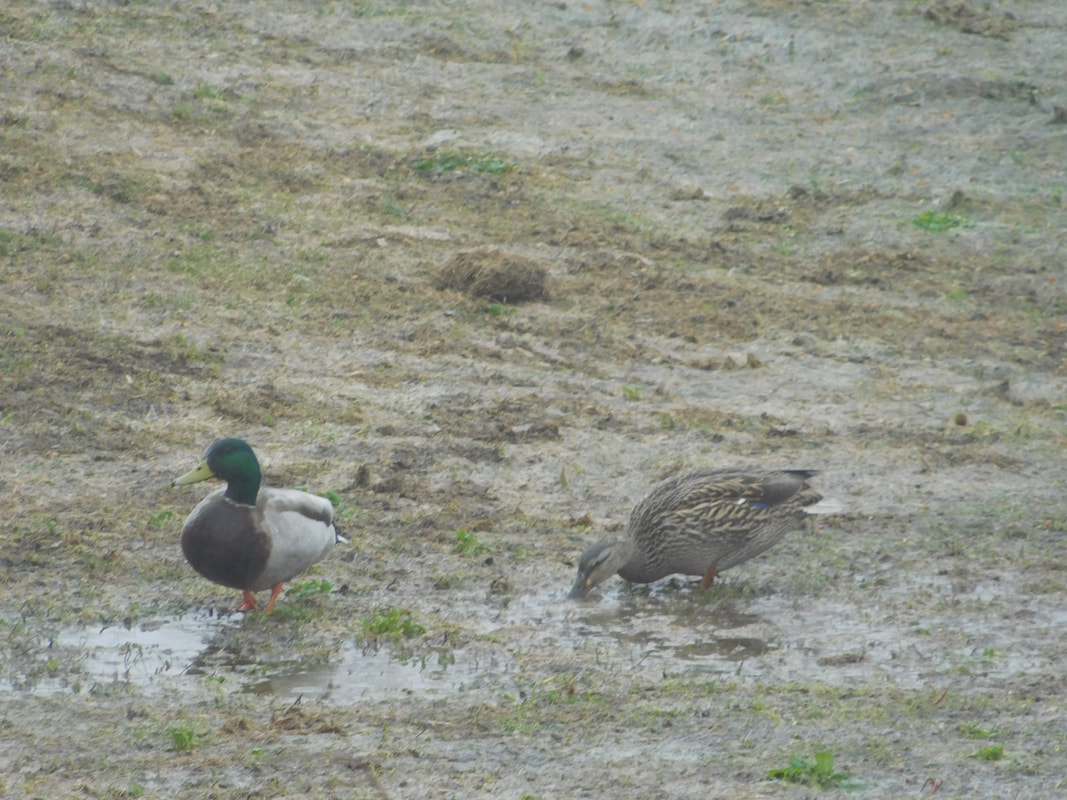




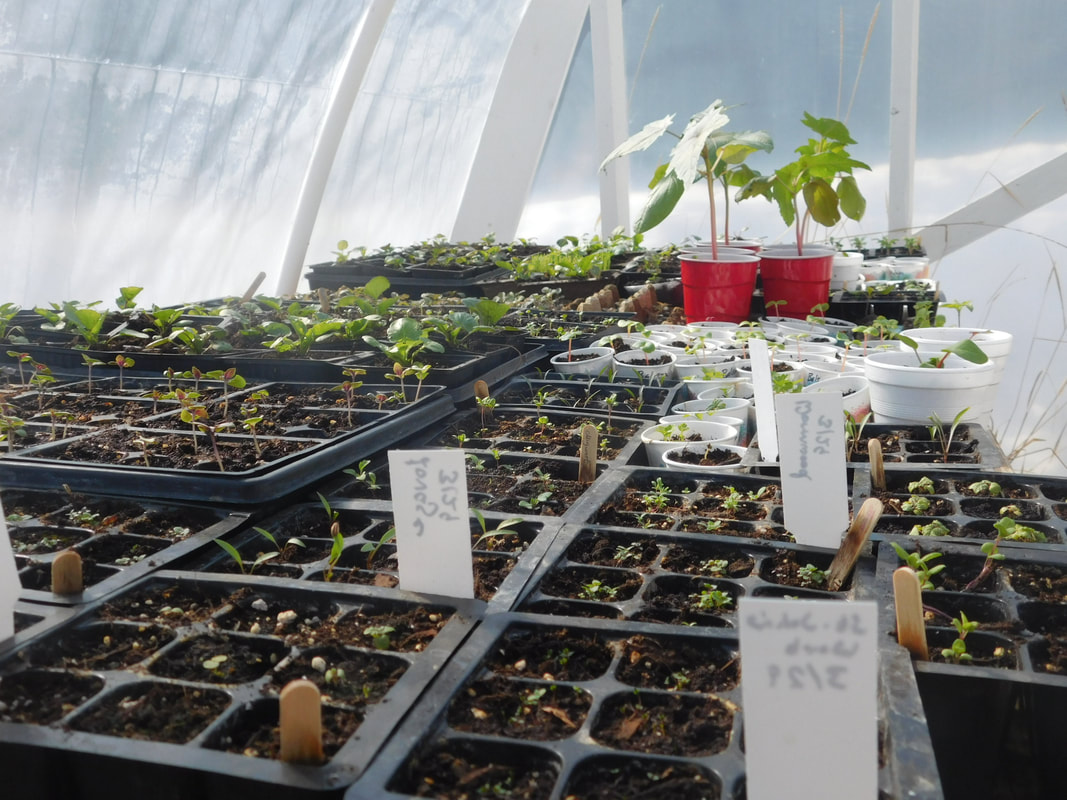
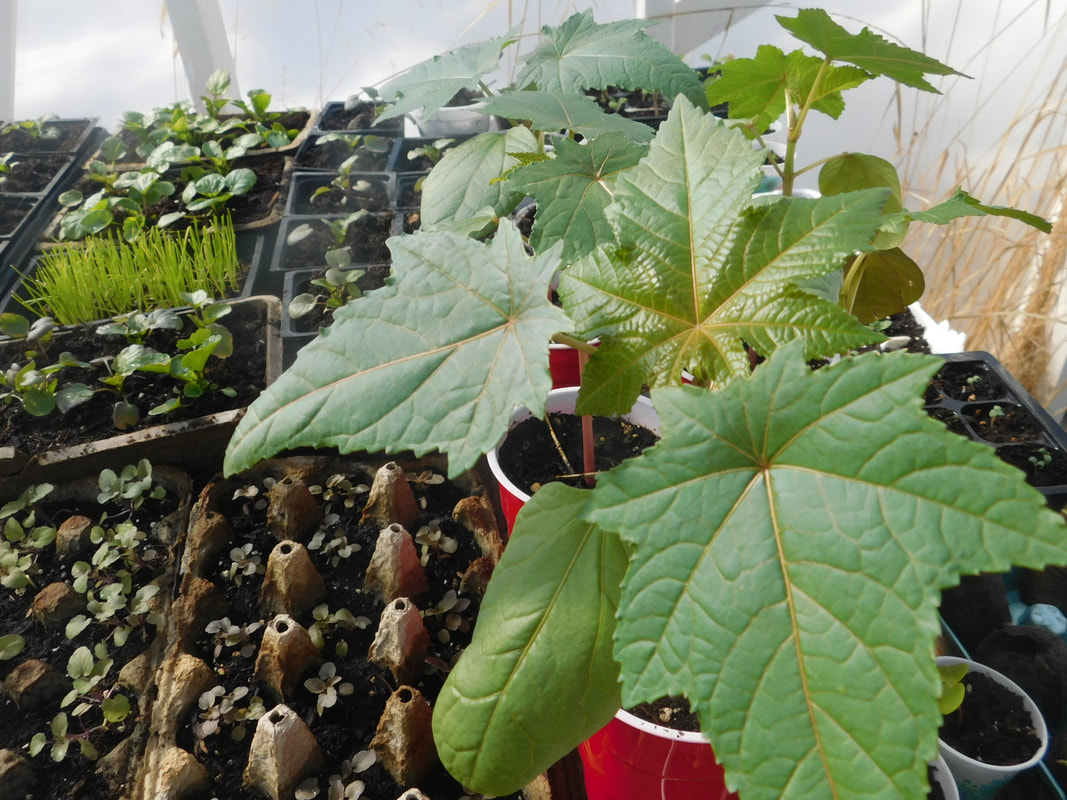
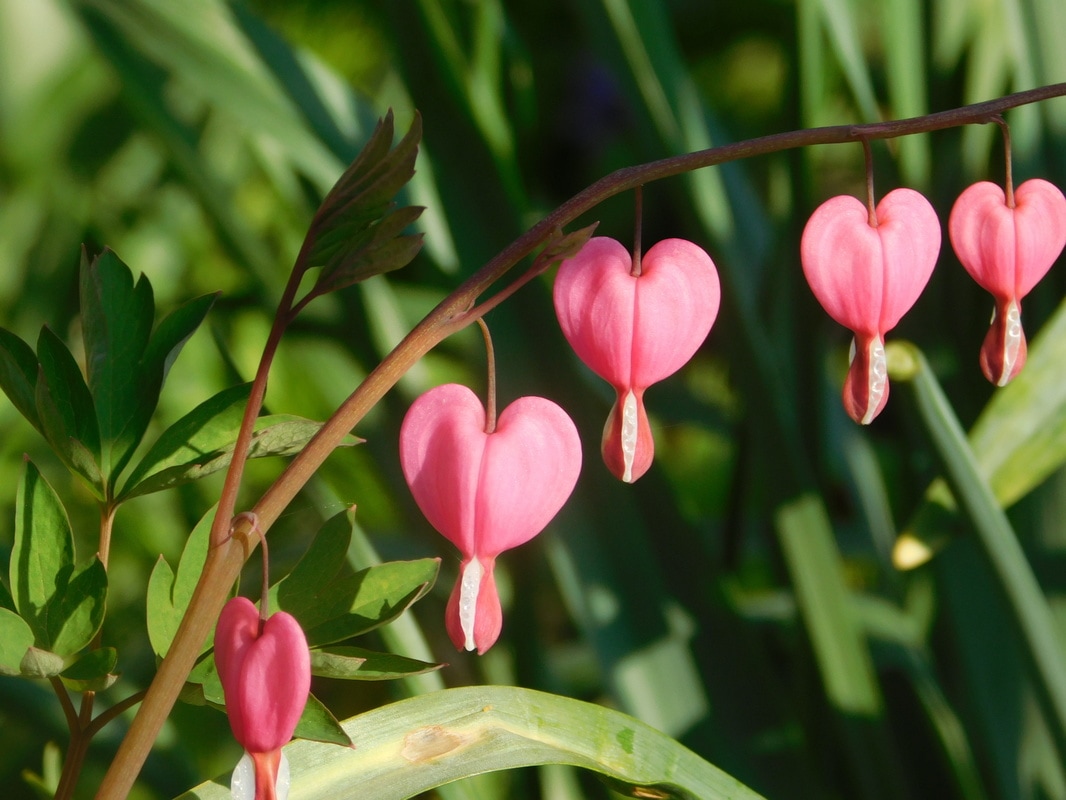
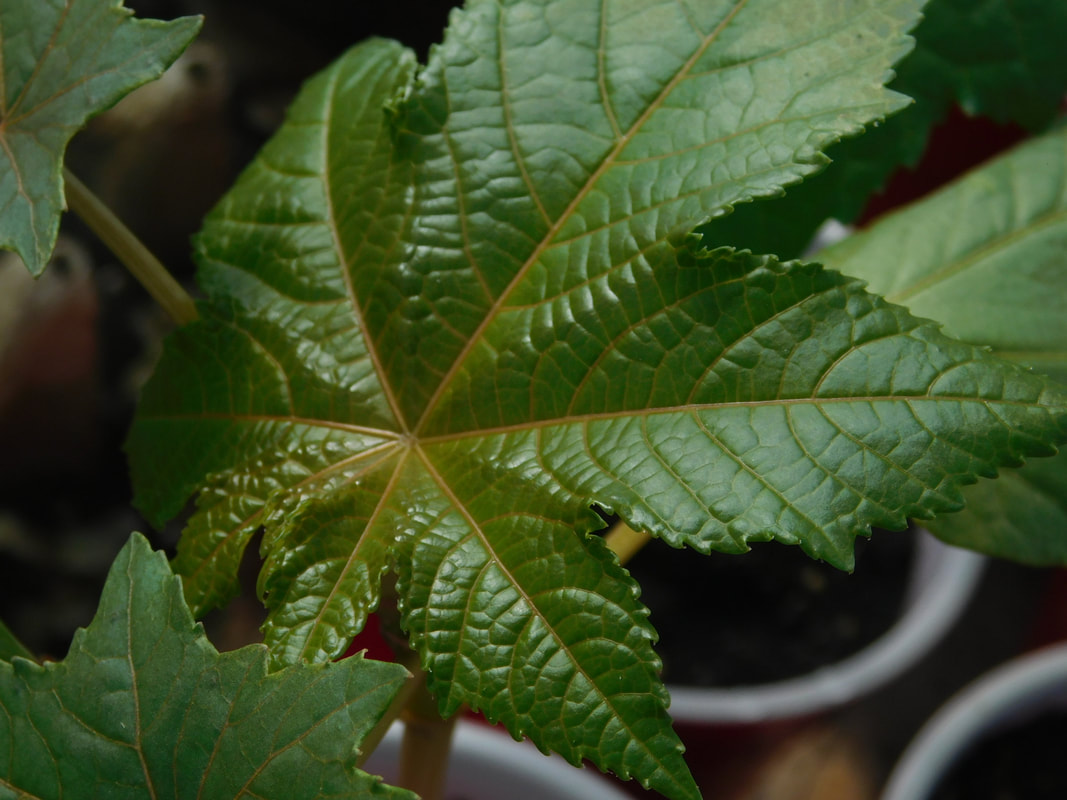
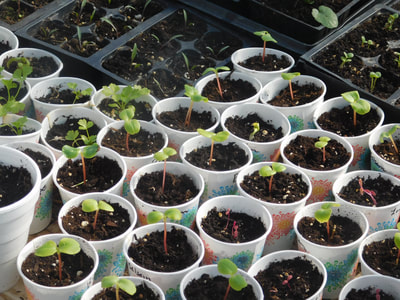
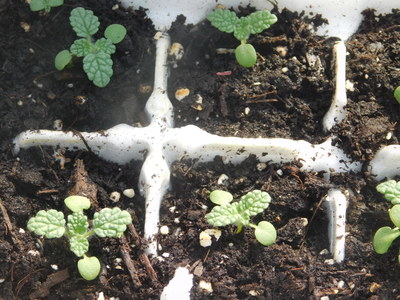
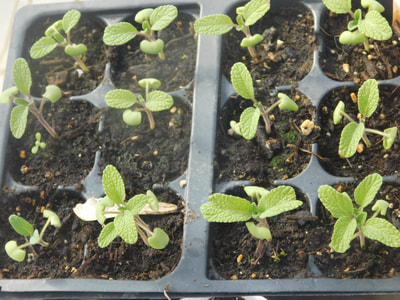
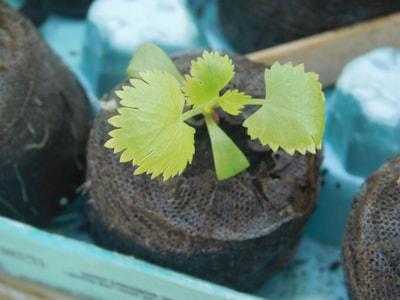
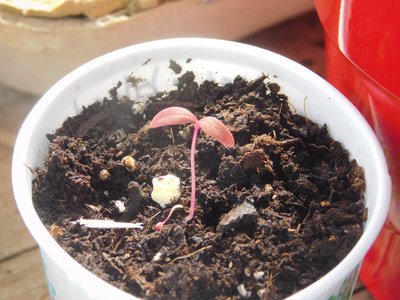
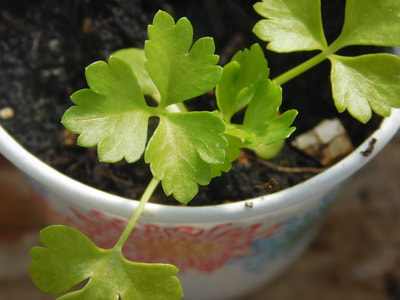
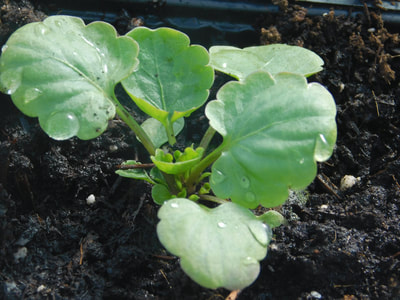
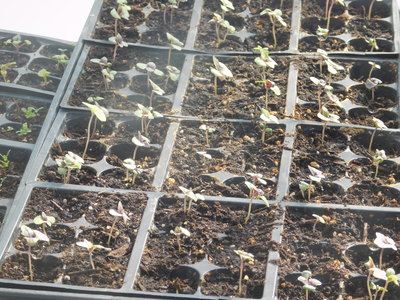
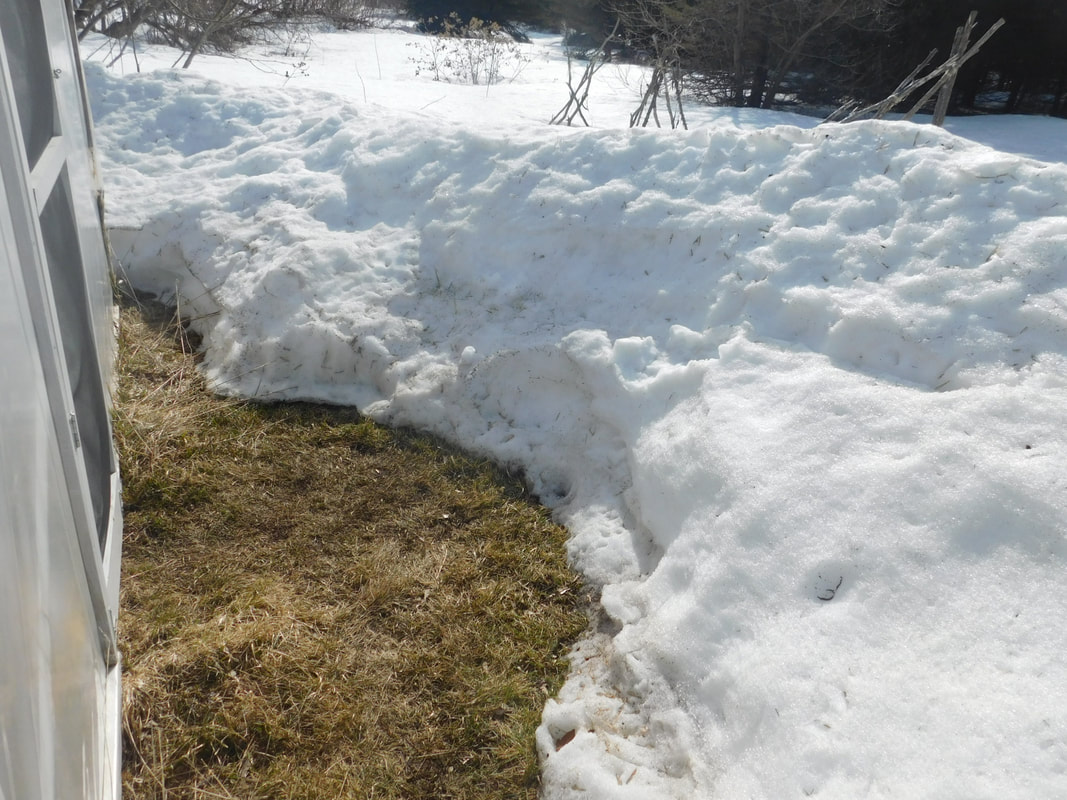
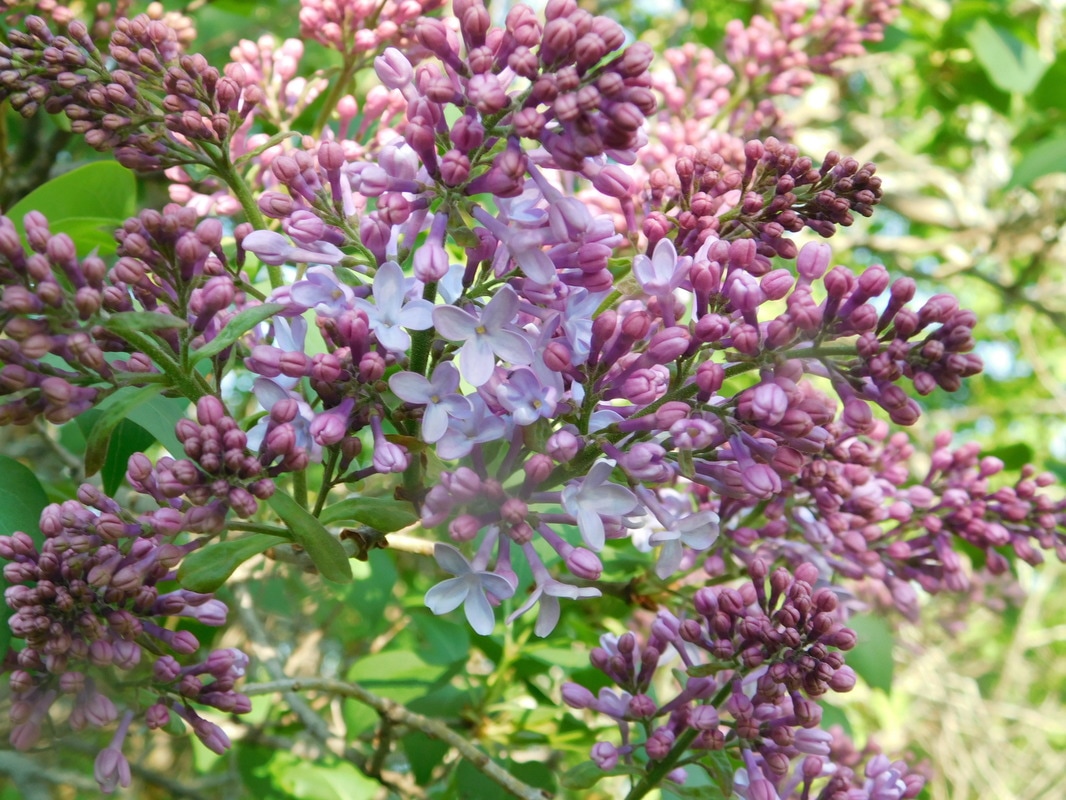


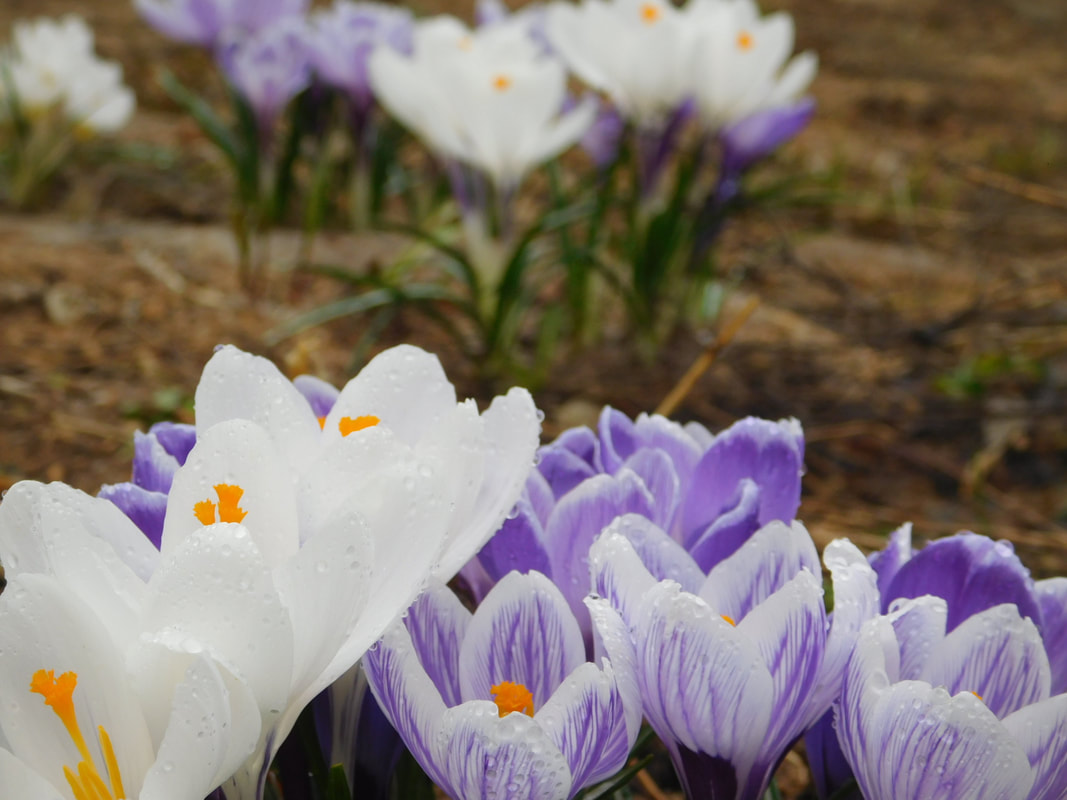
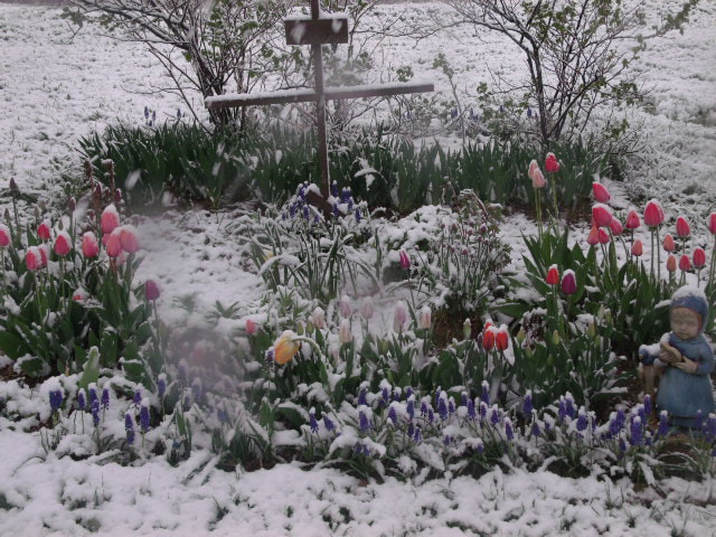
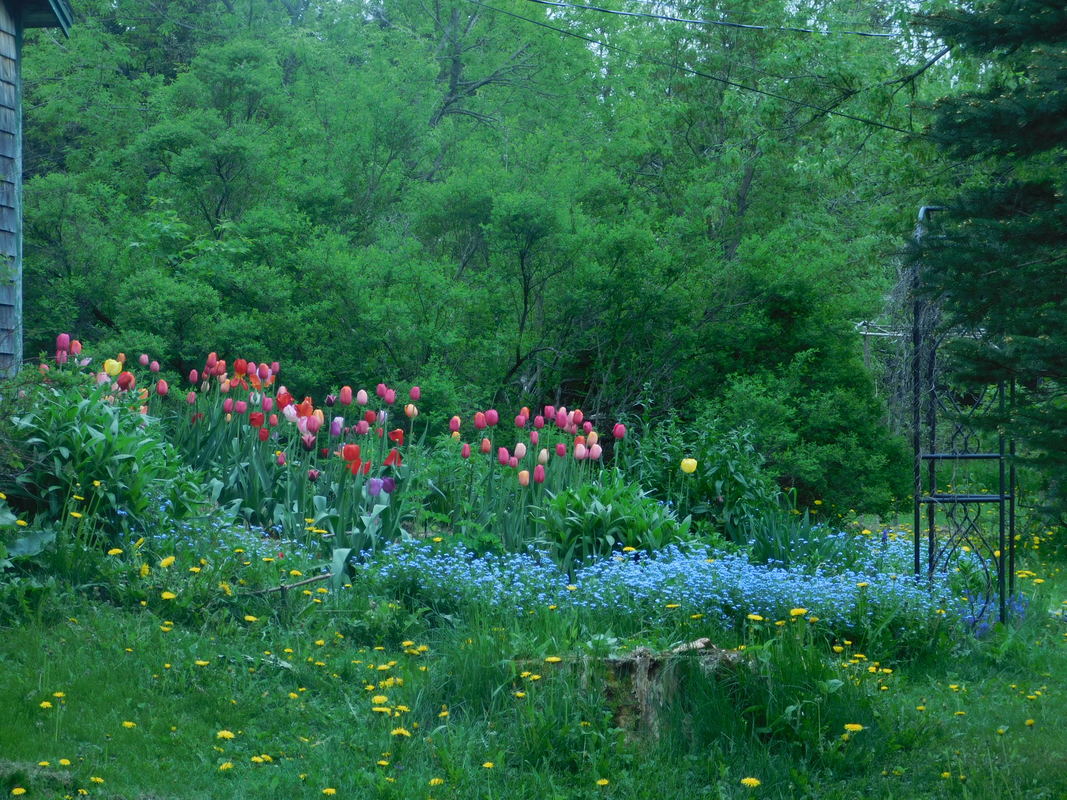
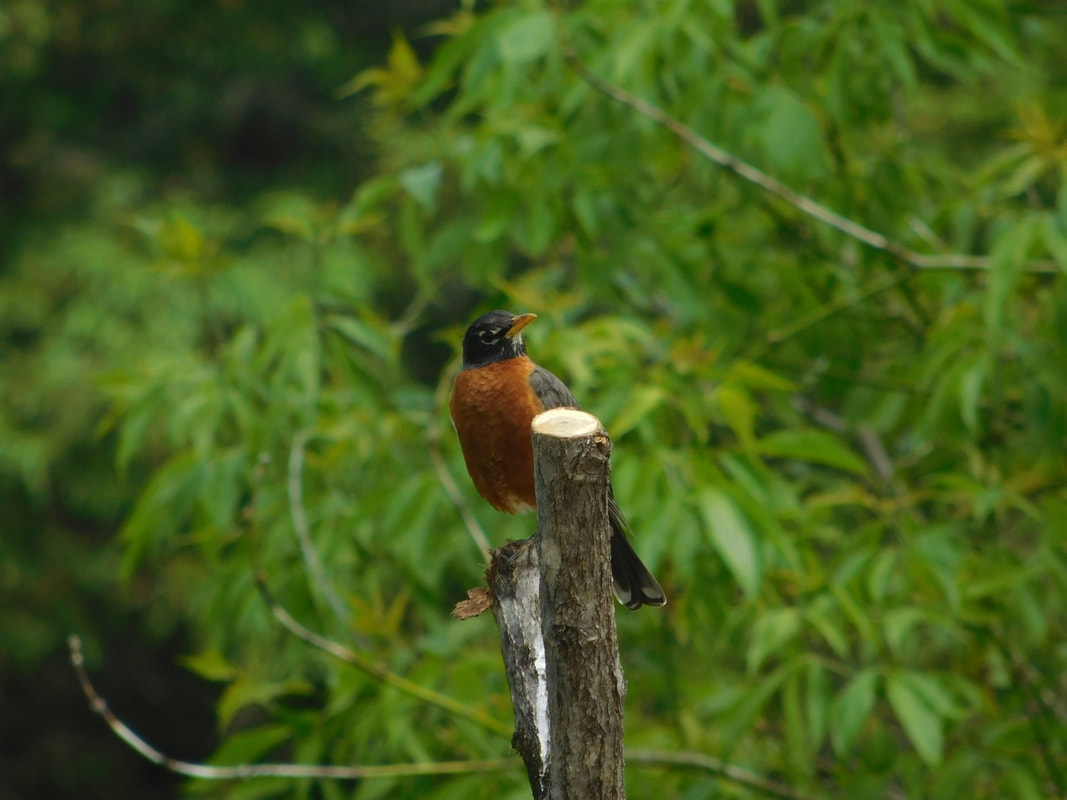
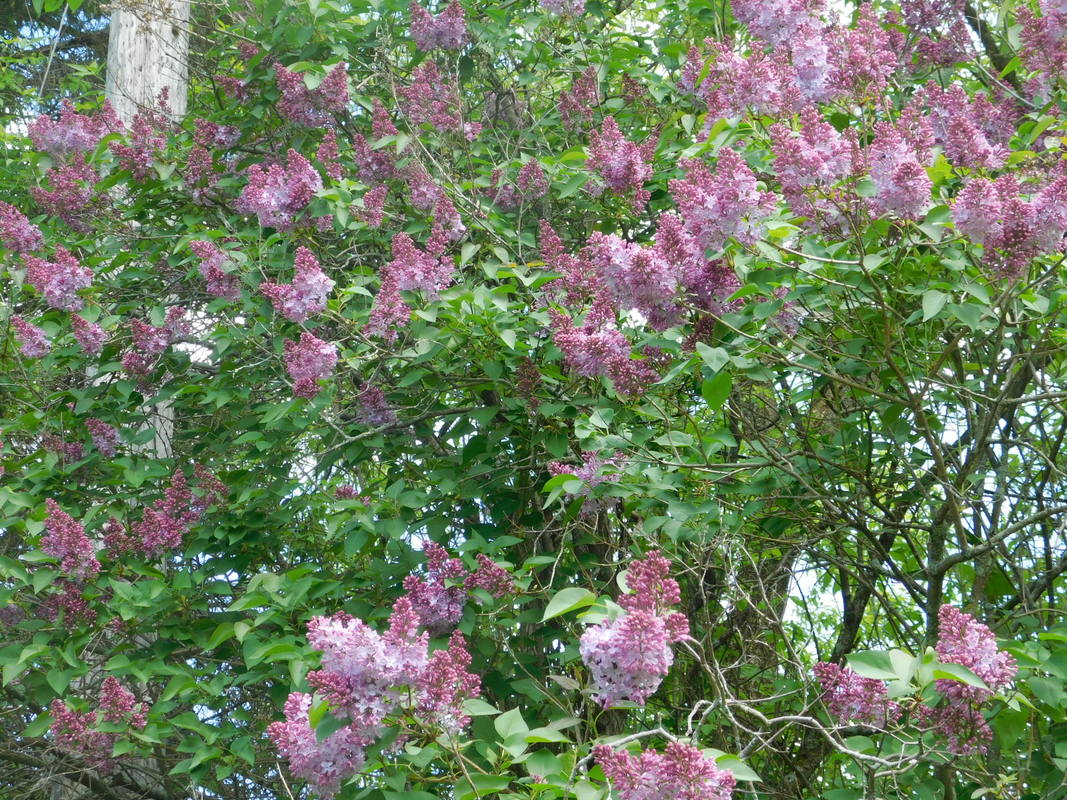
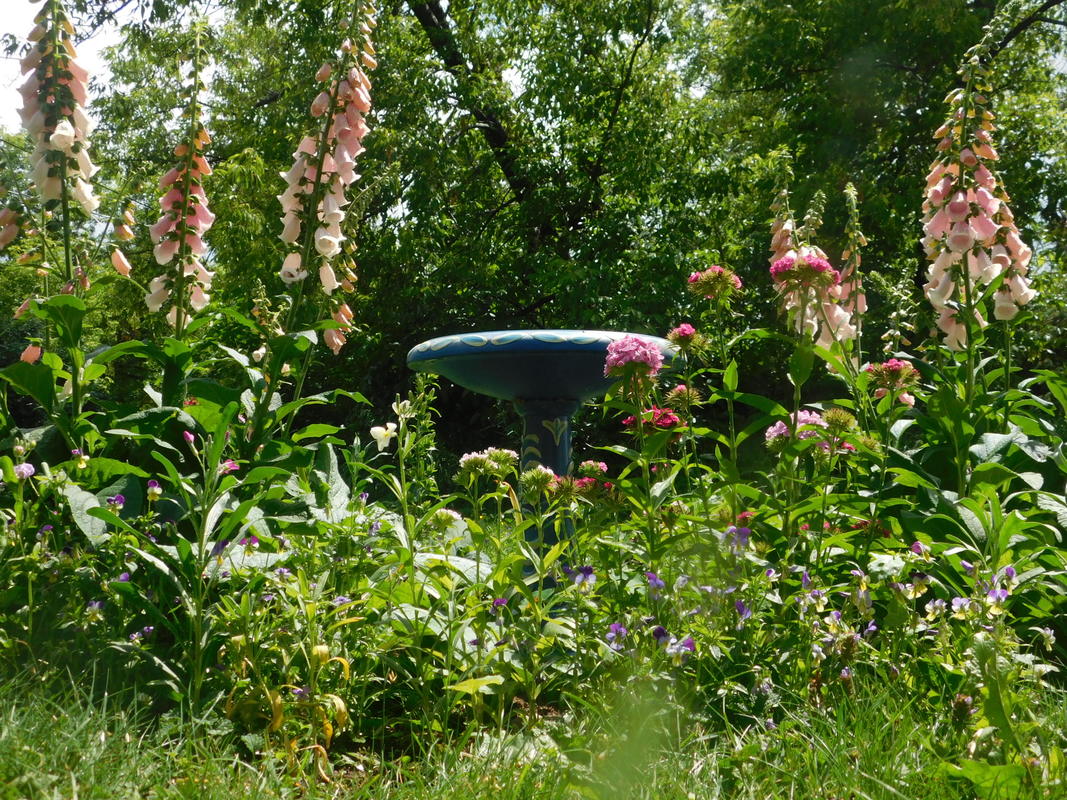
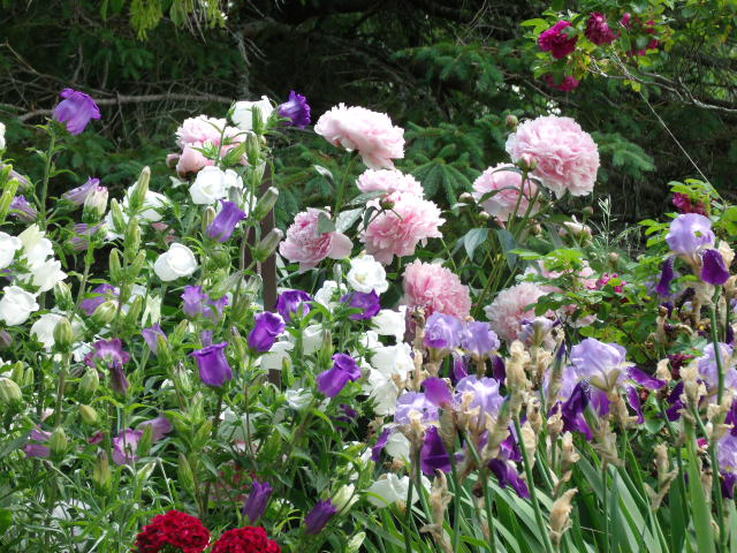
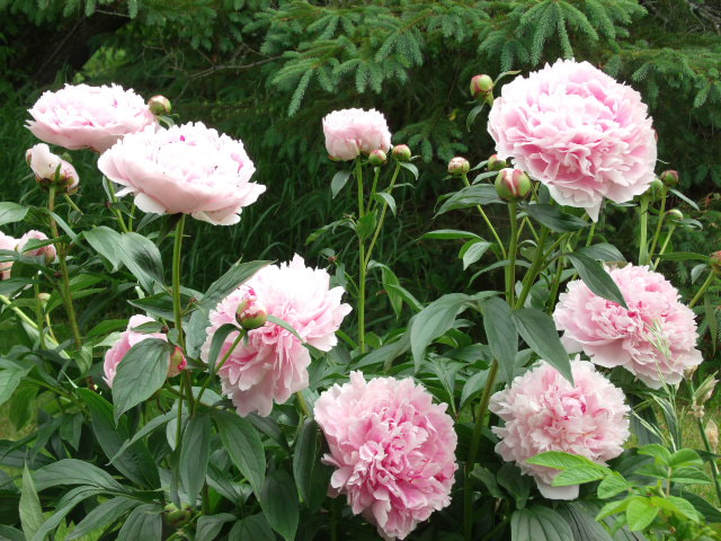
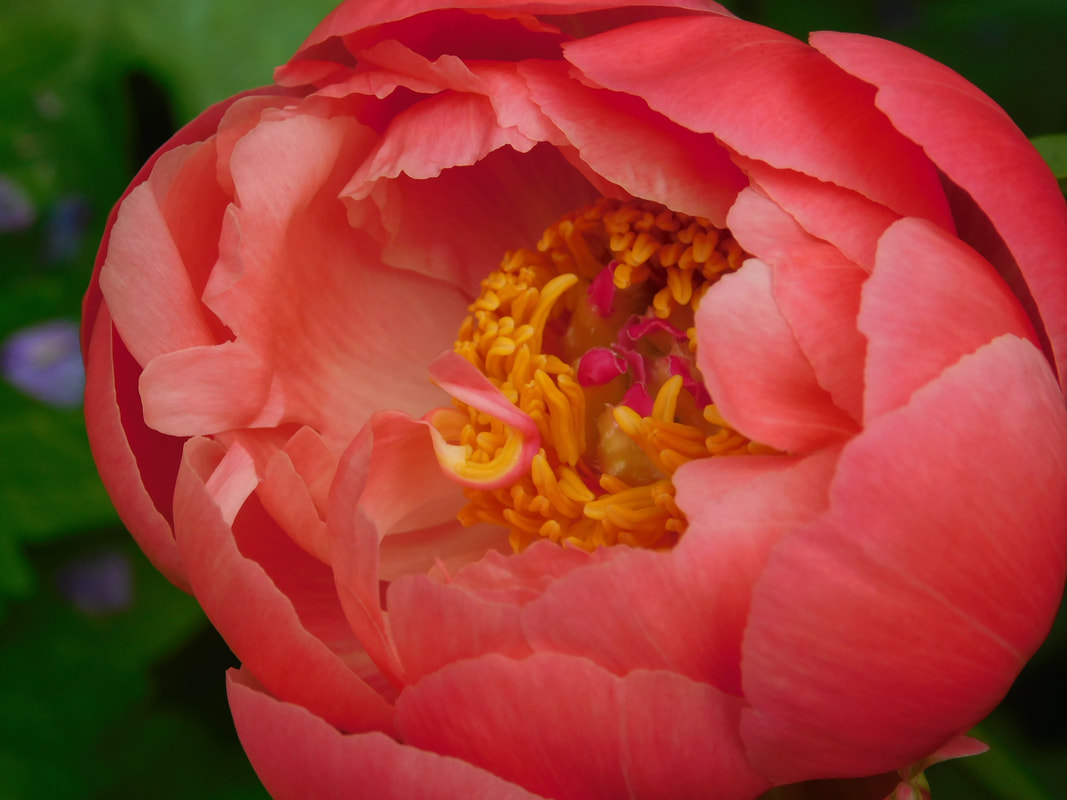
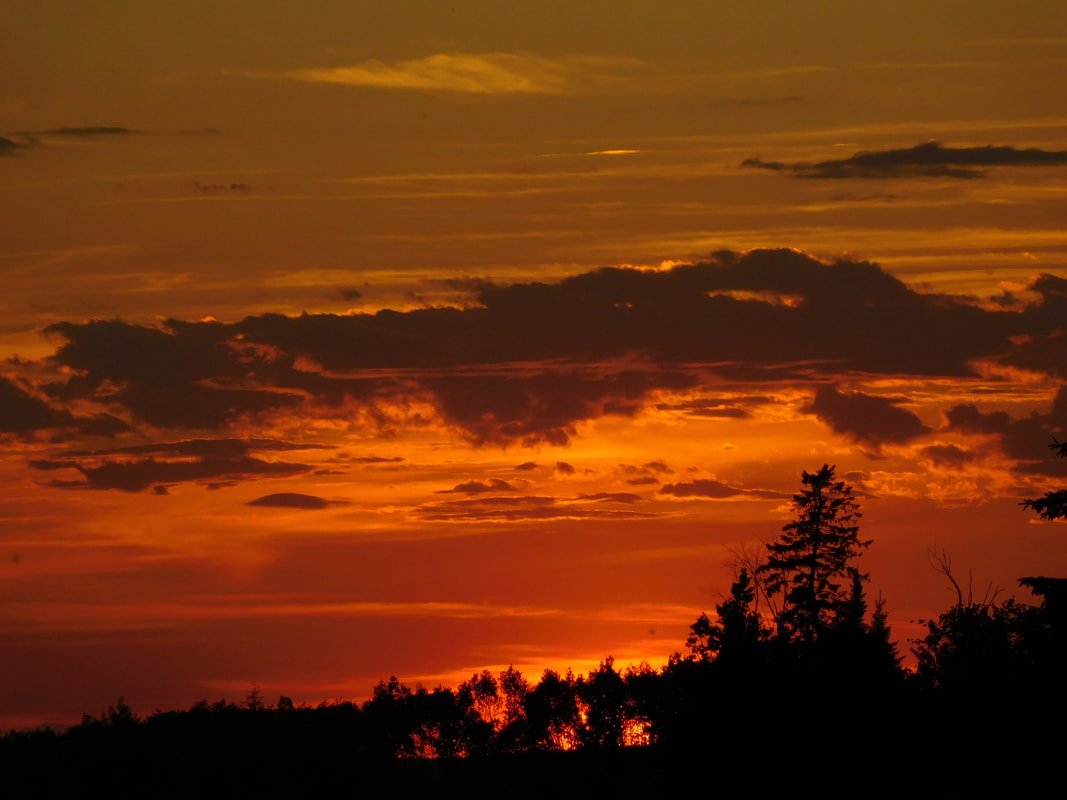
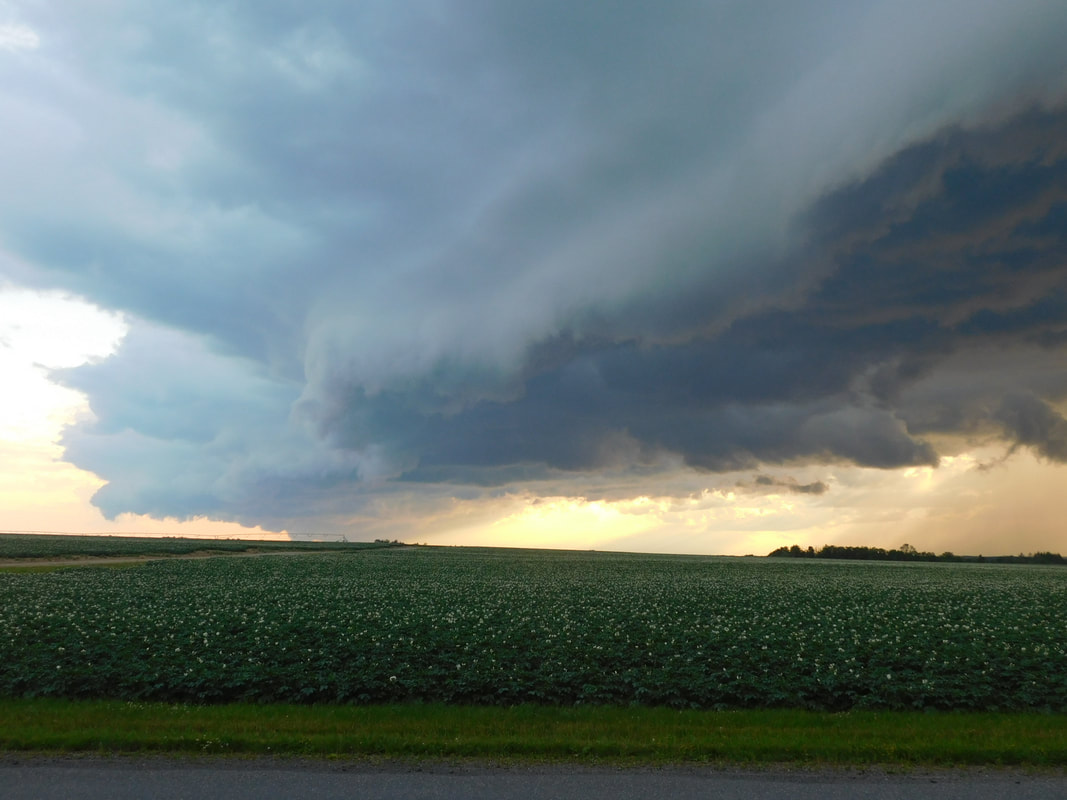
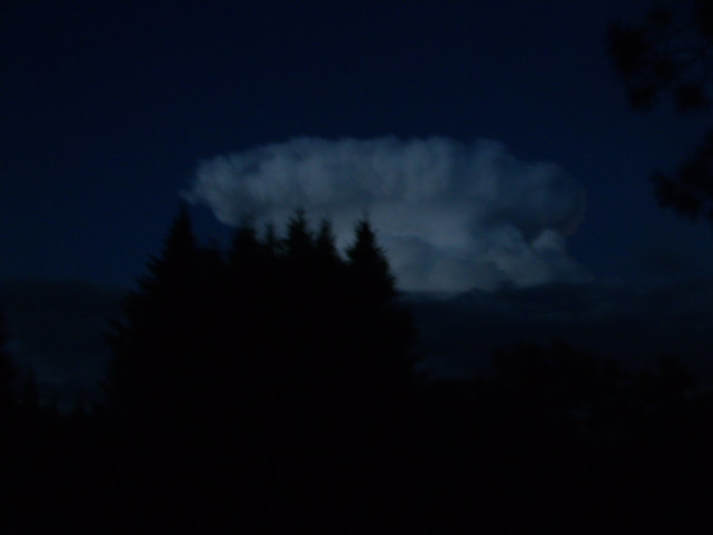
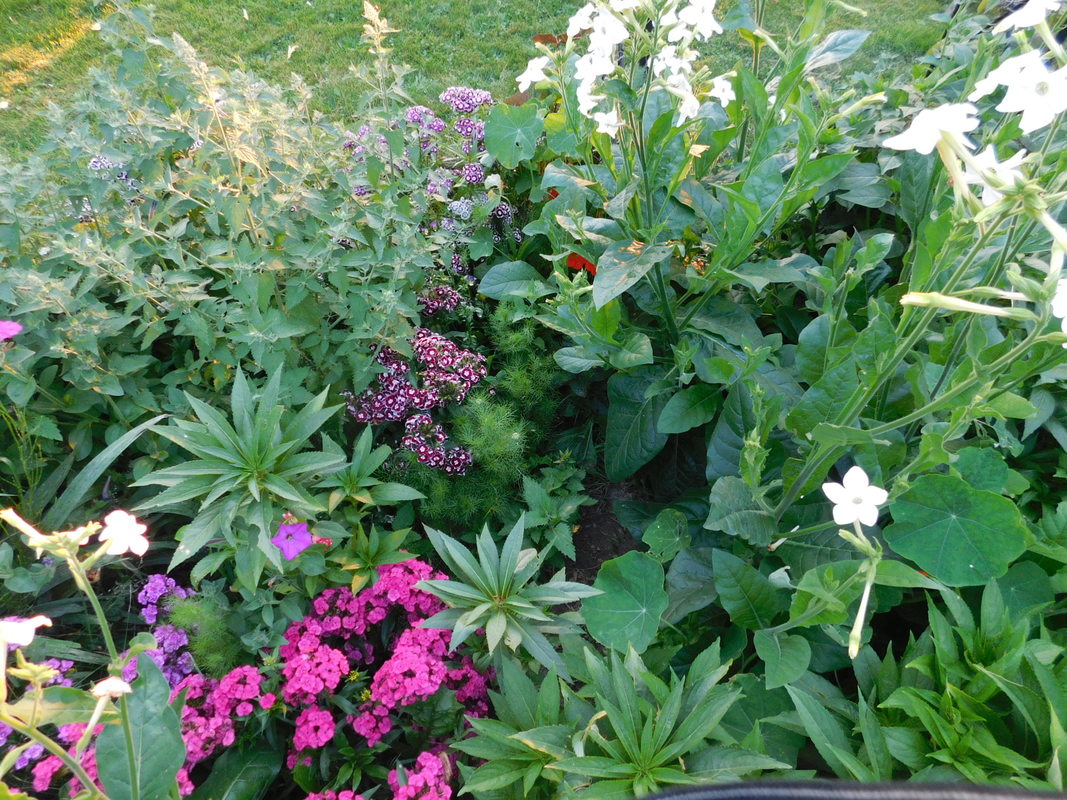
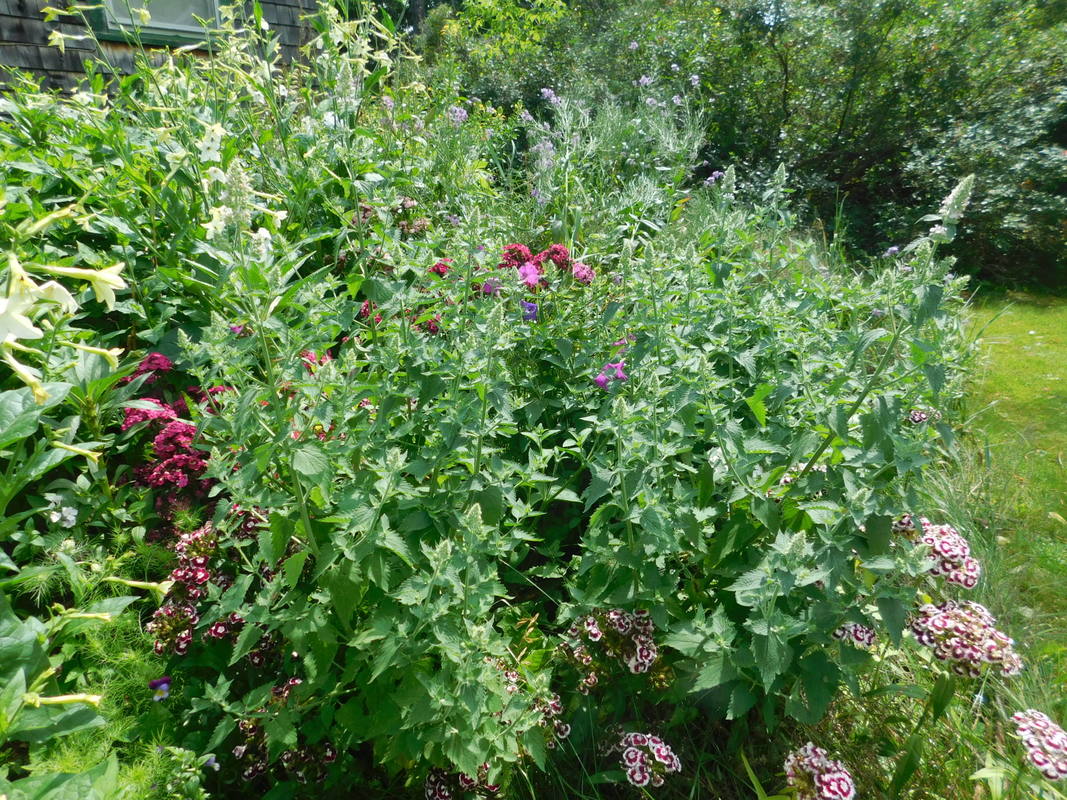
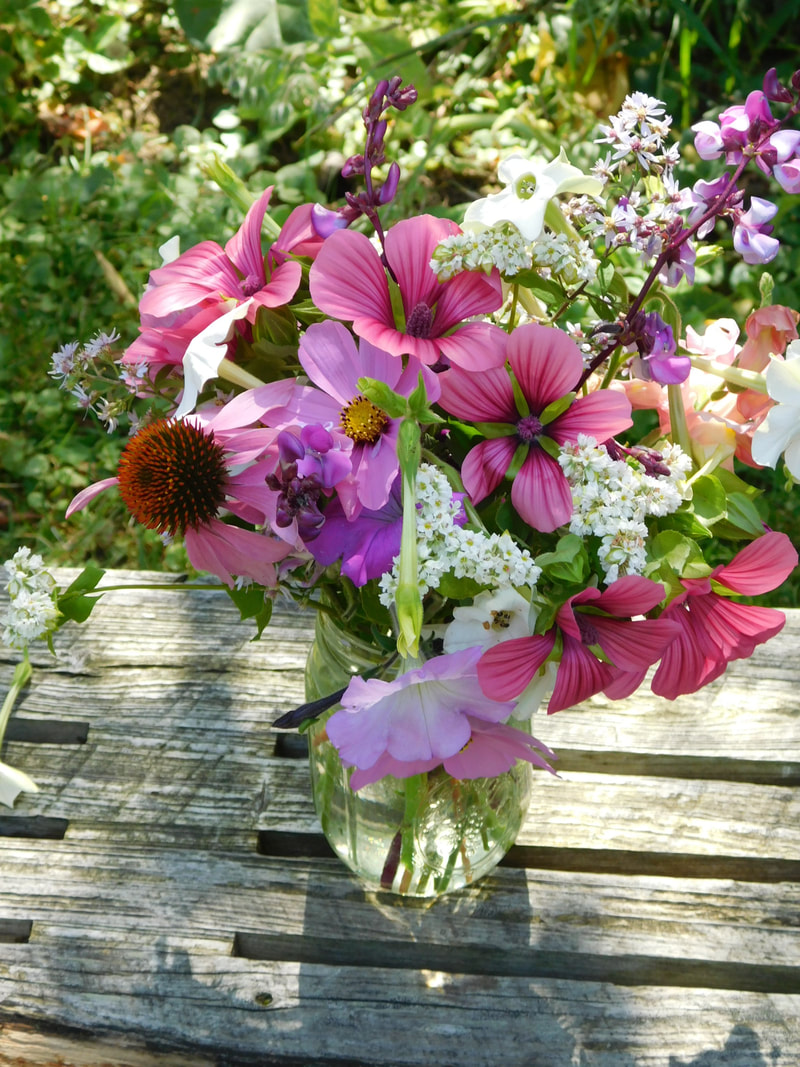
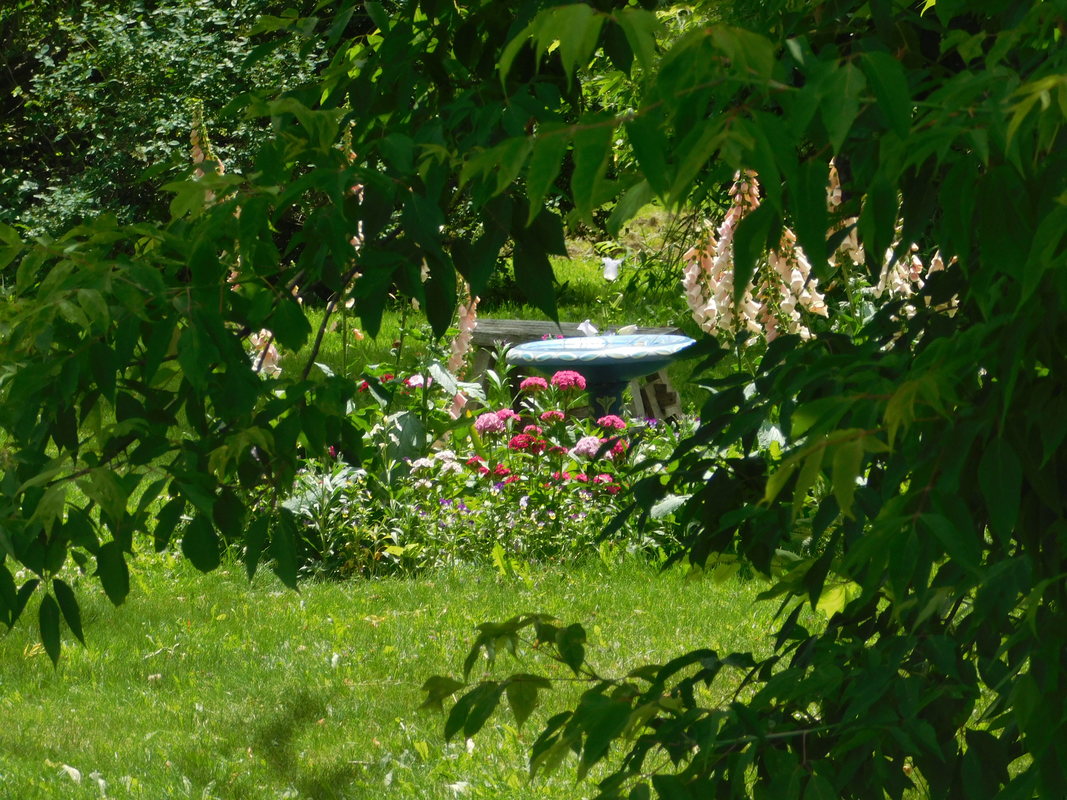
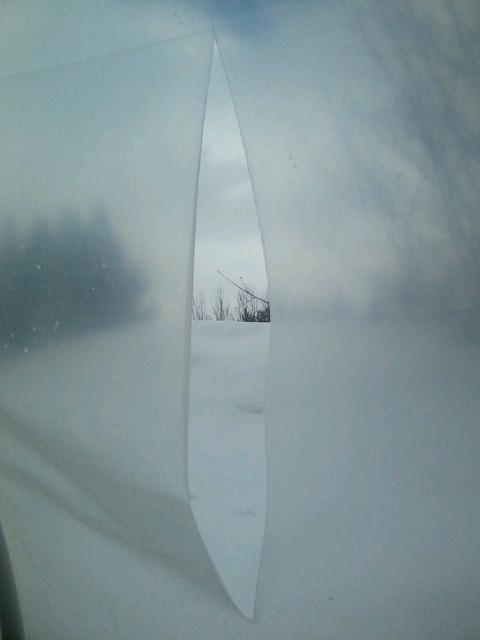


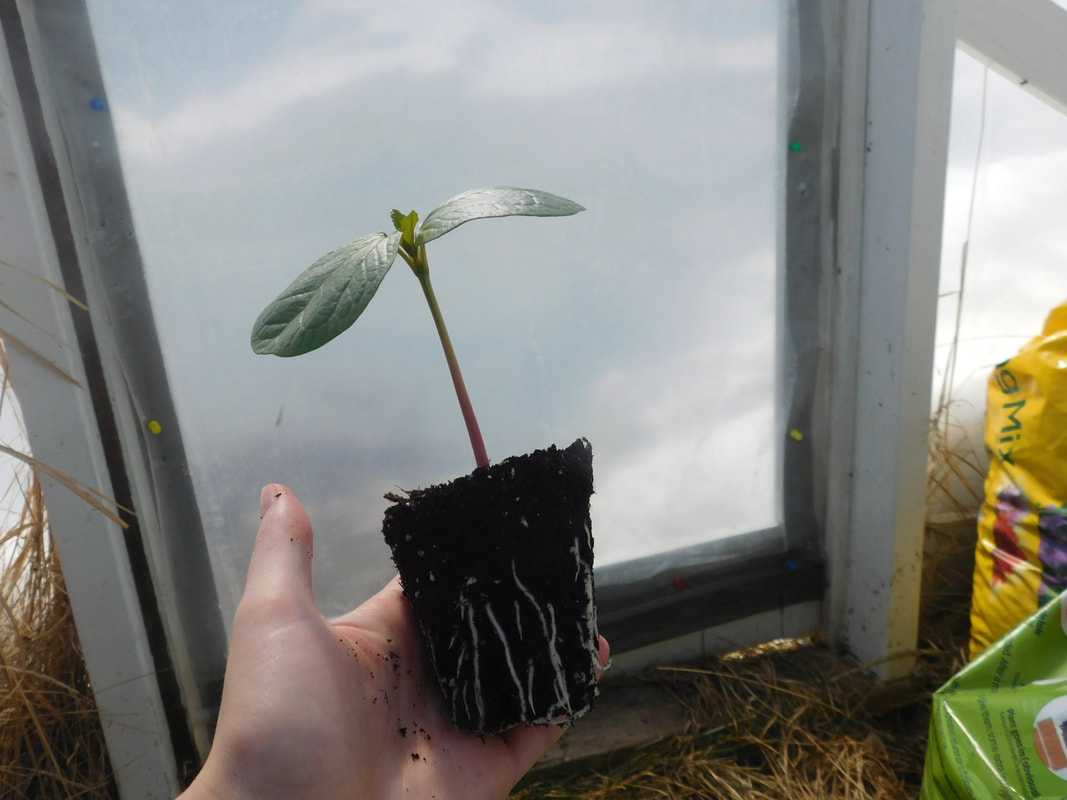
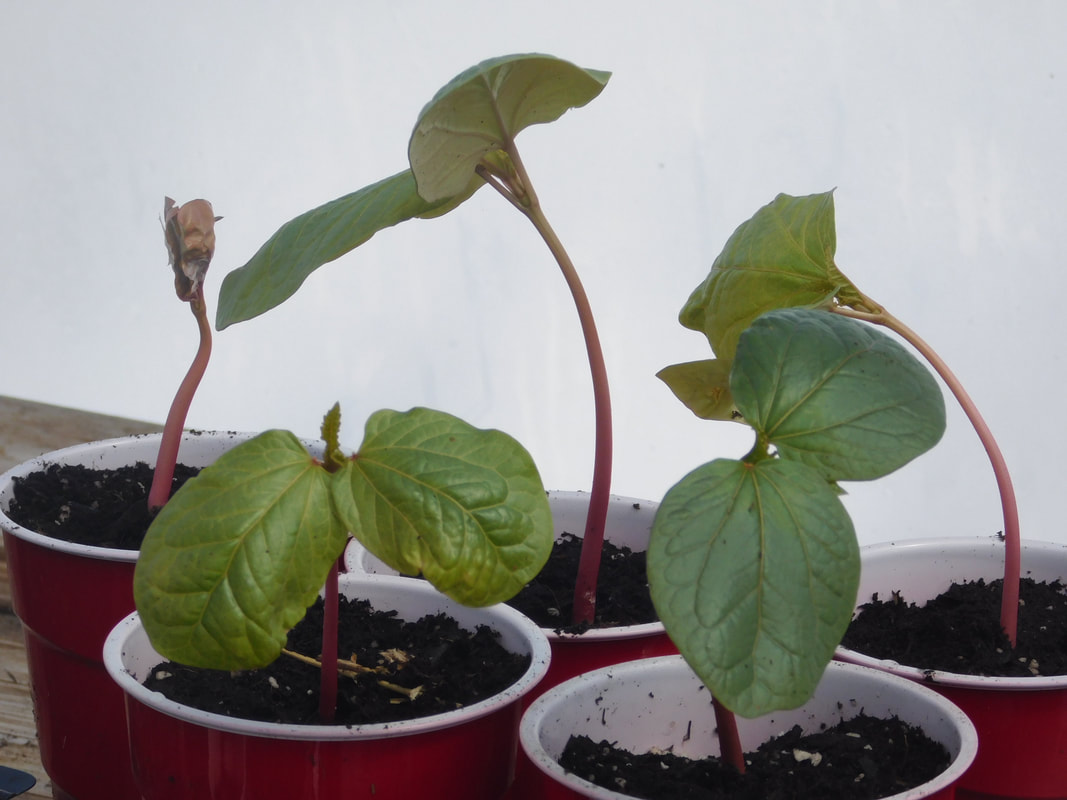
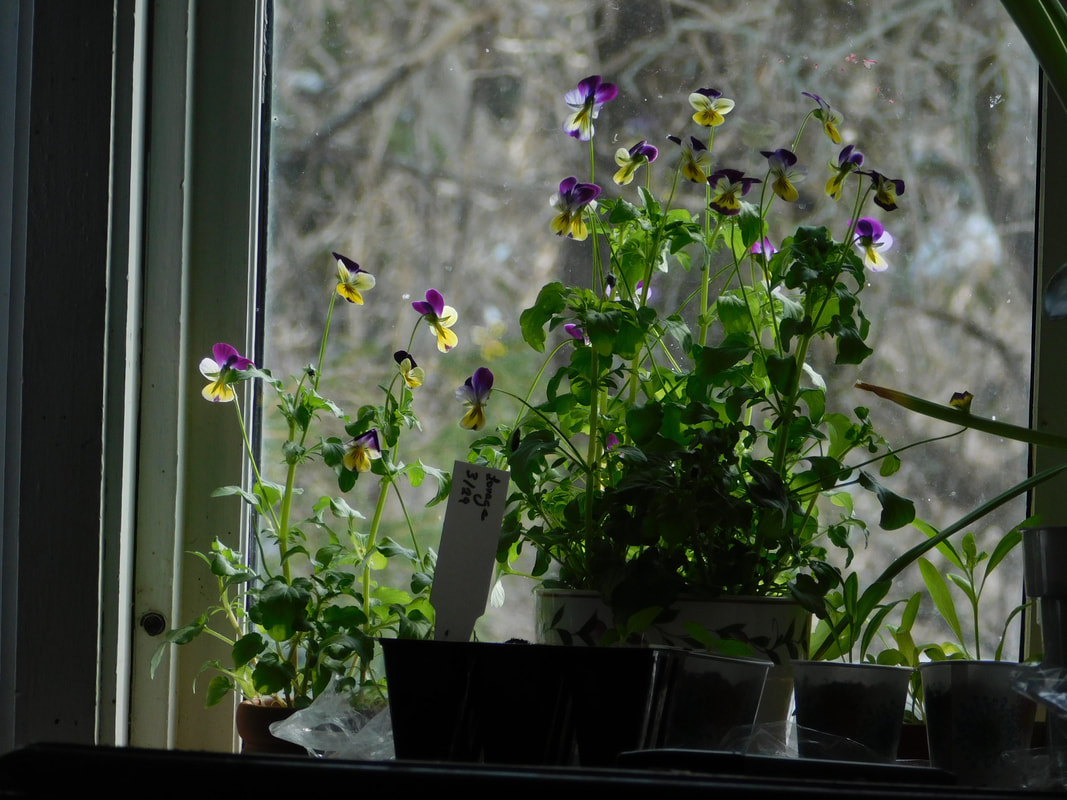
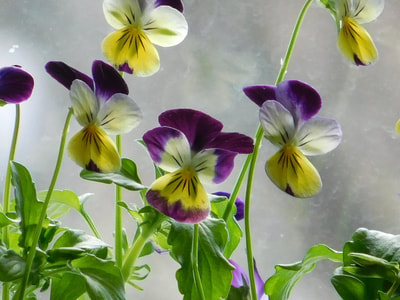
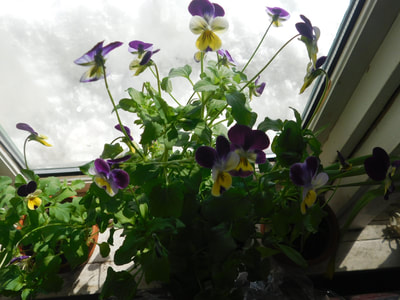
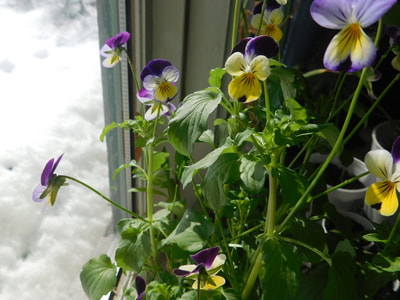
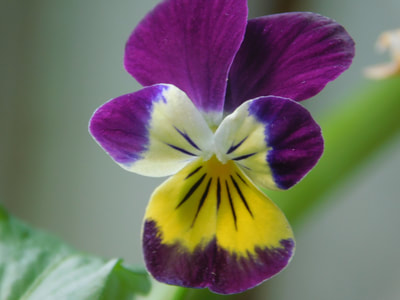



















 RSS Feed
RSS Feed
